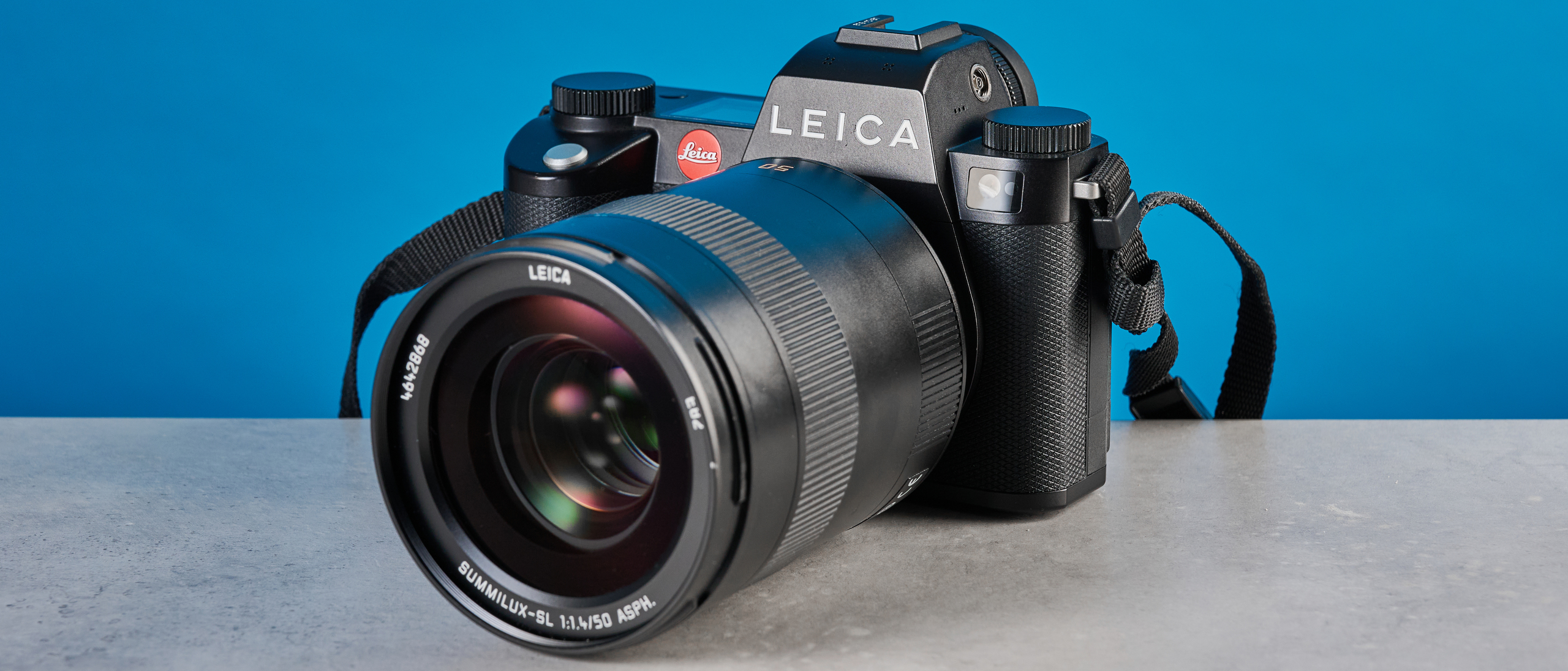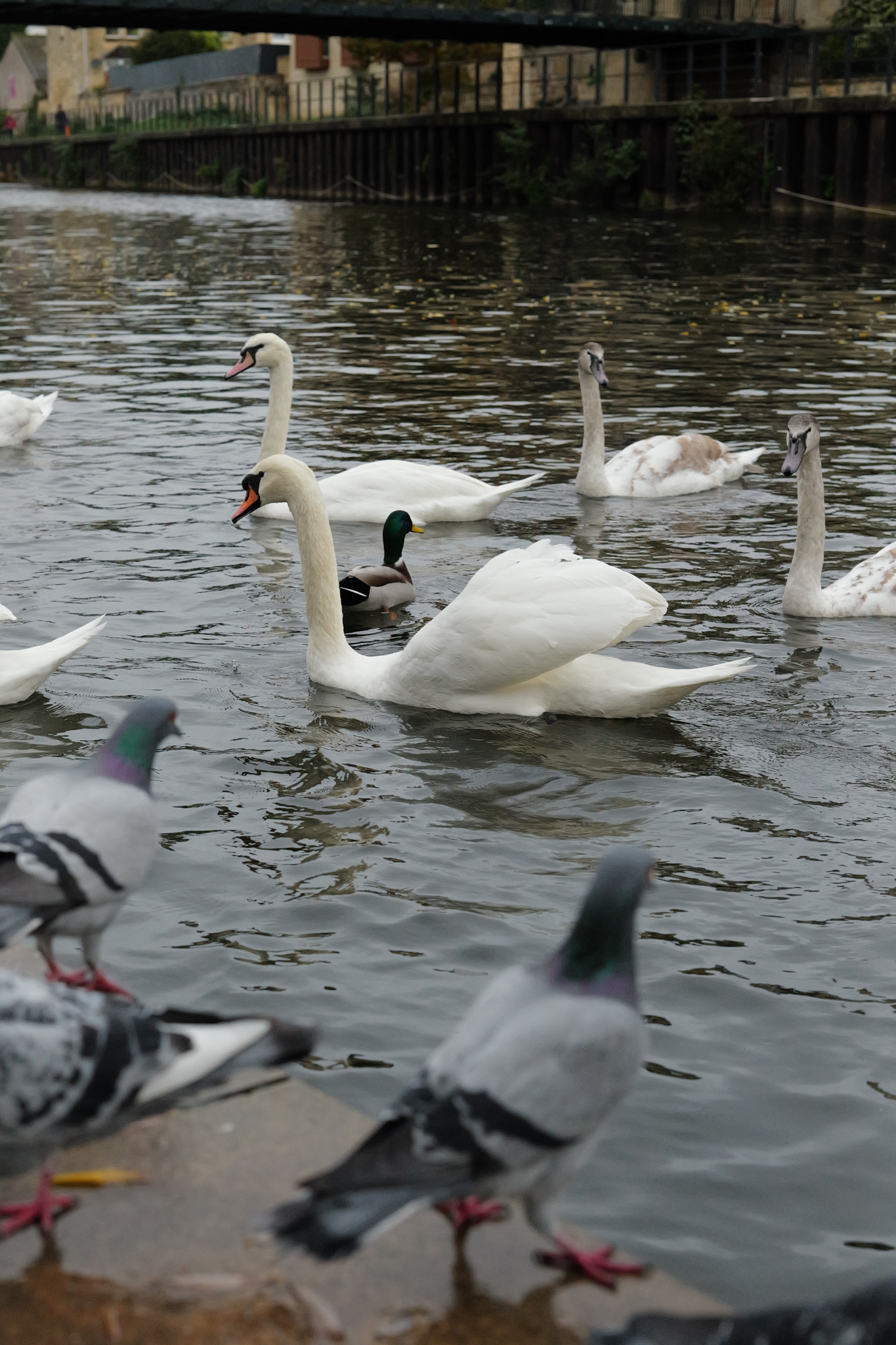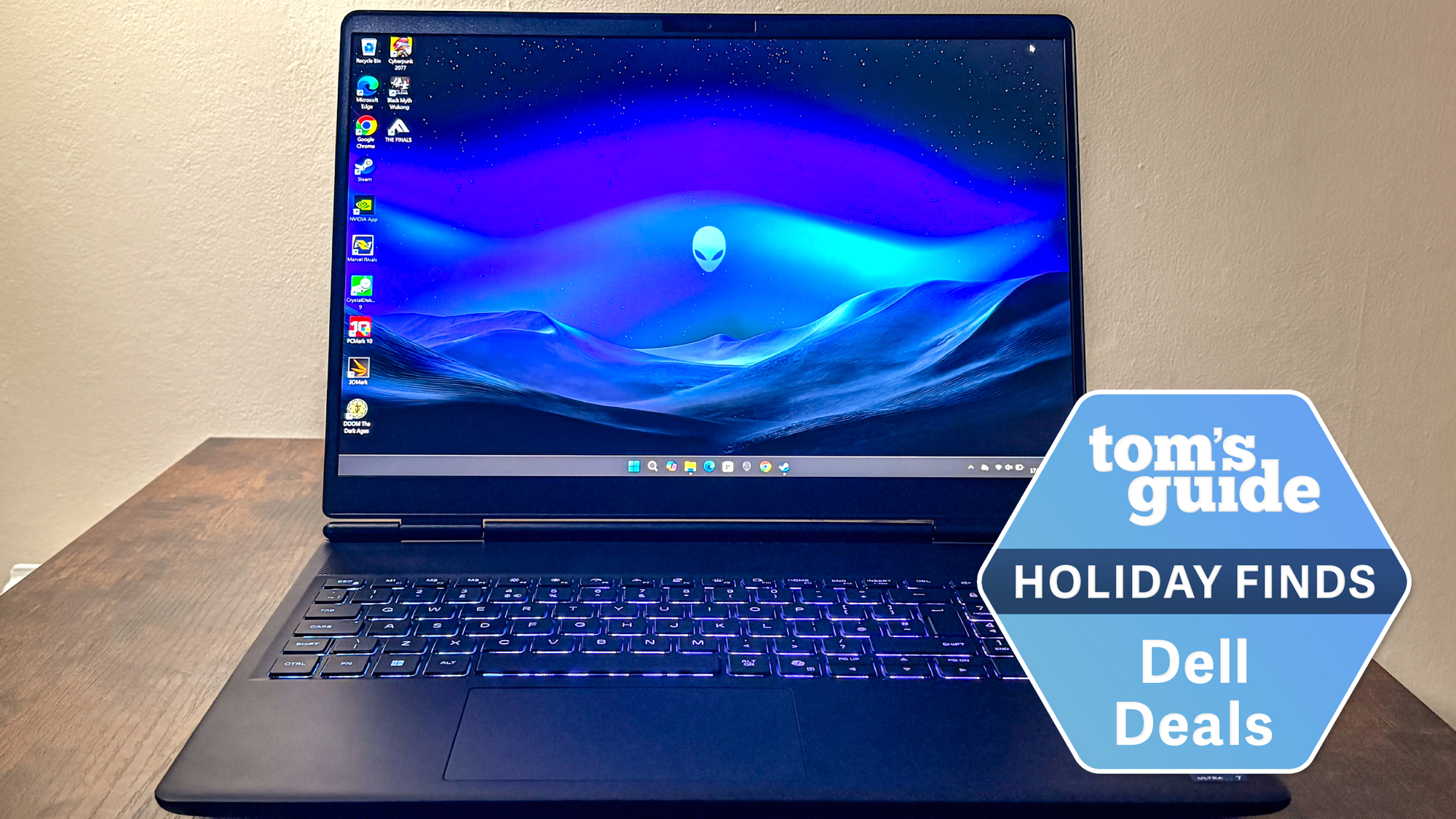Tom's Guide Verdict
The Leica SL3 is the meeting point of power and luxury. A chunky yet ergonomic camera, the SL3 is fitted with a 60.3MP sensor that captures beautiful, detailed images with fantastic color reproduction. Quick and reliable autofocus ensures you don’t lose track of your subject, whether they’re a human or an animal. Up to 5-stops of IBIS ensure stability when you’re shooting at slow shutter speeds or while recording video. Although battery life is short and the camera costs a premium, this is the high-end full frame mirrorless for those who want the sharpest-possible images.
Pros
- +
Beautiful, detailed 60.3MP stills
- +
Quick and reliable autofocus
- +
Effective IBIS
- +
Excellent handling
- +
Cinematic 8K/30fps video
Cons
- -
Costs a premium
- -
Poor battery life
Why you can trust Tom's Guide
Oh, Leica. Most photographers, whether they’re amateur or professional, are aware of Leica’s existence and prowess. As far as high-end cameras are concerned, Hasselblad and Leica continue to dominate that sphere. I’ve been testing the Leica SL3, one of the German brand’s most powerful snappers, and I can’t think of a better full frame camera for those who value class over everything else.
Packing a 60.3MP sensor, Leica’s advanced hybrid autofocus tech, 5-stops of IBIS, and fantastic video capabilities, the SL3 is a phenomenal camera. All this tech is packed into a bulbous yet ergonomic body which is a joy to handle. The SL3 is great for portraits, landscapes, even a spot of wildlife, and everything in between, thanks to phenomenal color reproduction.
Is this one of the best mirrorless cameras out there? Oh yes! Read my full Leica SL3 review to find out why.
Leica SL3 review: Cheat sheet
- What is it? A full-frame mirrorless camera with a 60.3MP CMOS sensor
- Who is it for? For professional portrait and studio photographers, and also for enthusiasts who need a high-end, versatile hybrid camera
- How much does it cost? It’s not cheap (and Leicas never are) — the Leica SL3’s body alone retails for $7,485 / £5,899
- What do we like? The beautiful and detailed stills it captures, the reliable autofocus, effective IBIS, excellent handling as well as C8K/30fps video
- What don’t we like? The underwhelming battery life and premium price tag
Leica SL3 review: Specs
Specs | Leica SL3 |
|---|---|
Price | |
Sensor | 60.3MP CMOS |
Processor | Leica Maestro IV |
Stabilization | 5-axis IBIS, up to 5 stops |
AF system | Intelligent Hybrid AF |
Focus modes | Intelligent AF, Single AF, Continuous AF, Manual Focus |
Viewfinder | OLED EVF, approx. 5.76 million dots |
Display | 3.2-inch backlit LED touchscreen, approx. 2.33 million dots |
ISO range | 50-100,000 |
Max video resolution | C8K/30fps | C4K/60fps | FHD/120fps |
Ports | USB-C, HDMI 2.1 output, 3.5mm audio input and output, 1x SD/SDHC/SDXC UHS-II/UHS-I, 1x CFExpress Type-B |
Wireless/Bluetooth | Wi-Fi, Bluetooth |
Max shooting speed | 15fps (electronic) | 7fps (mechanical) |
Max shutter speed | 60s to 1/16000s (stills, electronic) | 60m to 1/8000s (stills, mechanical) |
Battery life (Stills, CIPA) | 260 shots |
Size | 5.55 x 4.25 x 3.33 inches |
Weight | 1.69lbs (body only) |
Leica SL3 review: Price & availability
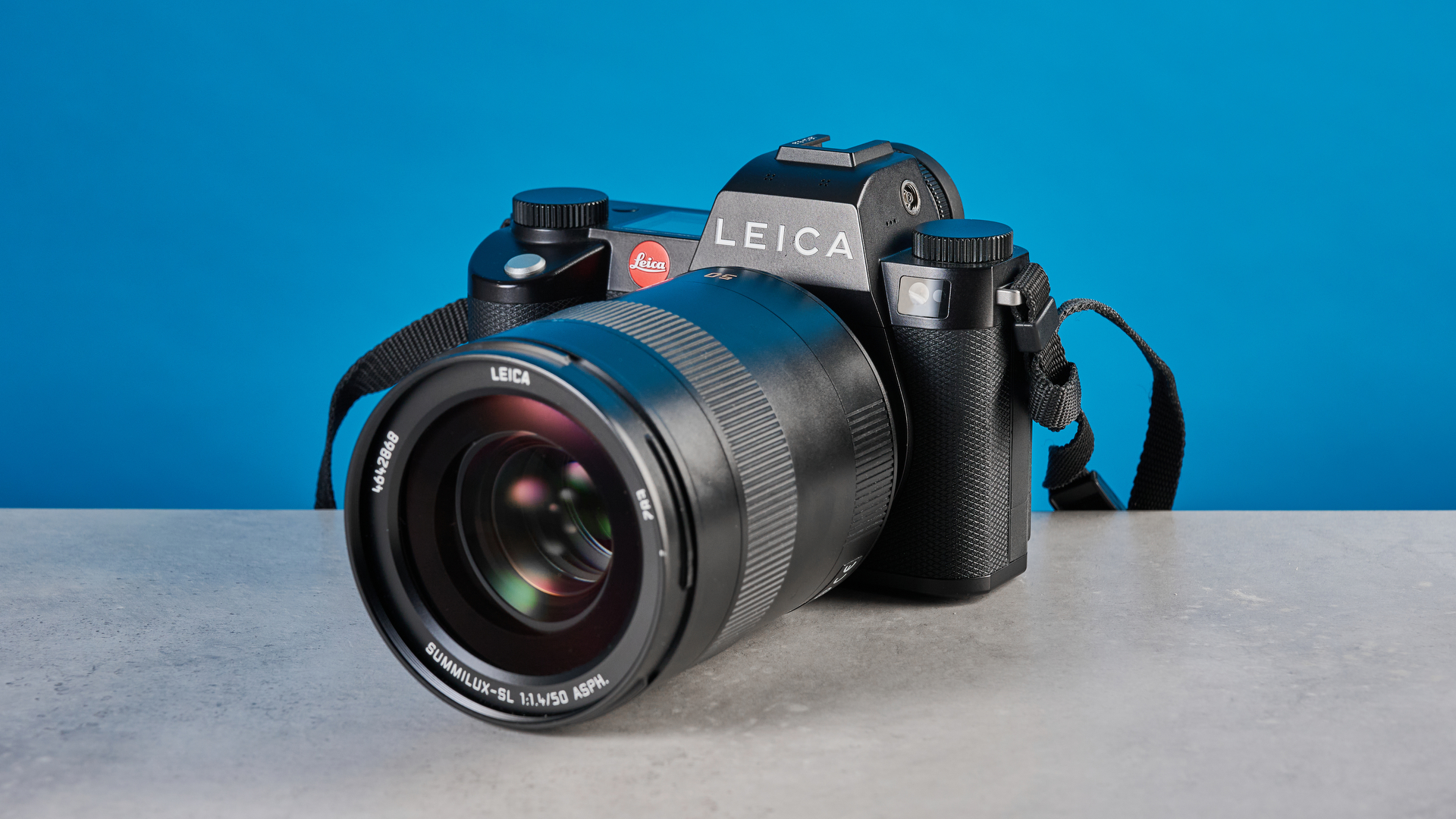
If there’s one thing all Leica cameras have in common, it’s that they don’t come cheap. The Leica SL3’s body alone retails for $7,485 / £5,899. It’s compatible with an array of SL-mount lenses of varying focal lengths. I tested the Summilux-SL 50mm f/1.4 ASPH. which, on its own, costs $7,055 / £5,200.
On average, you’re looking at an expenditure of over ten grand at the least if you want the SL3 — unless you settle for third-party or refurbished lenses. This camera is perfect for those already invested in the SL-mount system, or for people who really, really want a Leica. If you don’t fit either of those categories, you may want to consider other options.
And there are plenty. In terms of price, the SL3 is similar to medium format cameras like the Hasselblad X2D II 100C ($7,399) and Fujifilm GFX100 II ($7,499). The Leica and Hasselblad look quite similar but one of the key differences is that the Hasselblad has a higher-res 100MP medium format sensor (as does the Fujifilm). As full frame cameras go, the Canon EOS R5 Mark II ($4,299) and the Sony A7R V ($3,900) have similar specs to the SL3 and both are highly capable, fast, full-frame cameras.
Leica SL3 review: Design
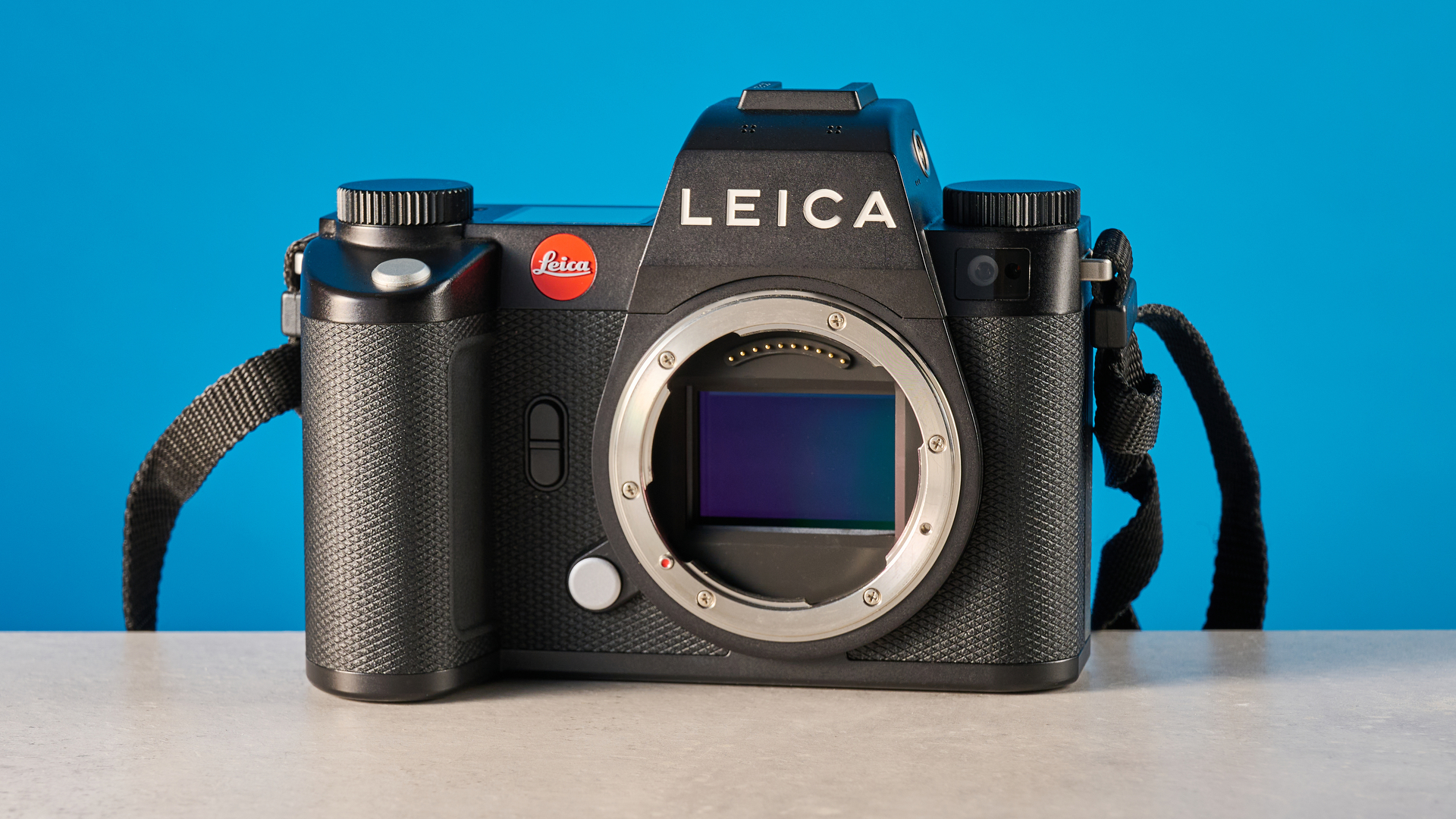
As cameras go, the Leica SL3 is absolutely beautiful, wrapped in a faux-leather-like material that lives up to the premium price tag. Bold ‘Leica’ branding alongside the classic red dot sits above the lens. Personally, I think Leica could have ditched the big letters spelling out the brand’s name, but I suppose you don’t really own a Leica unless everyone knows you own a Leica, eh? Well, this is a sure shot way of ensuring no one can ignore the fact that you, indeed, own a Leica.
Get instant access to breaking news, the hottest reviews, great deals and helpful tips.
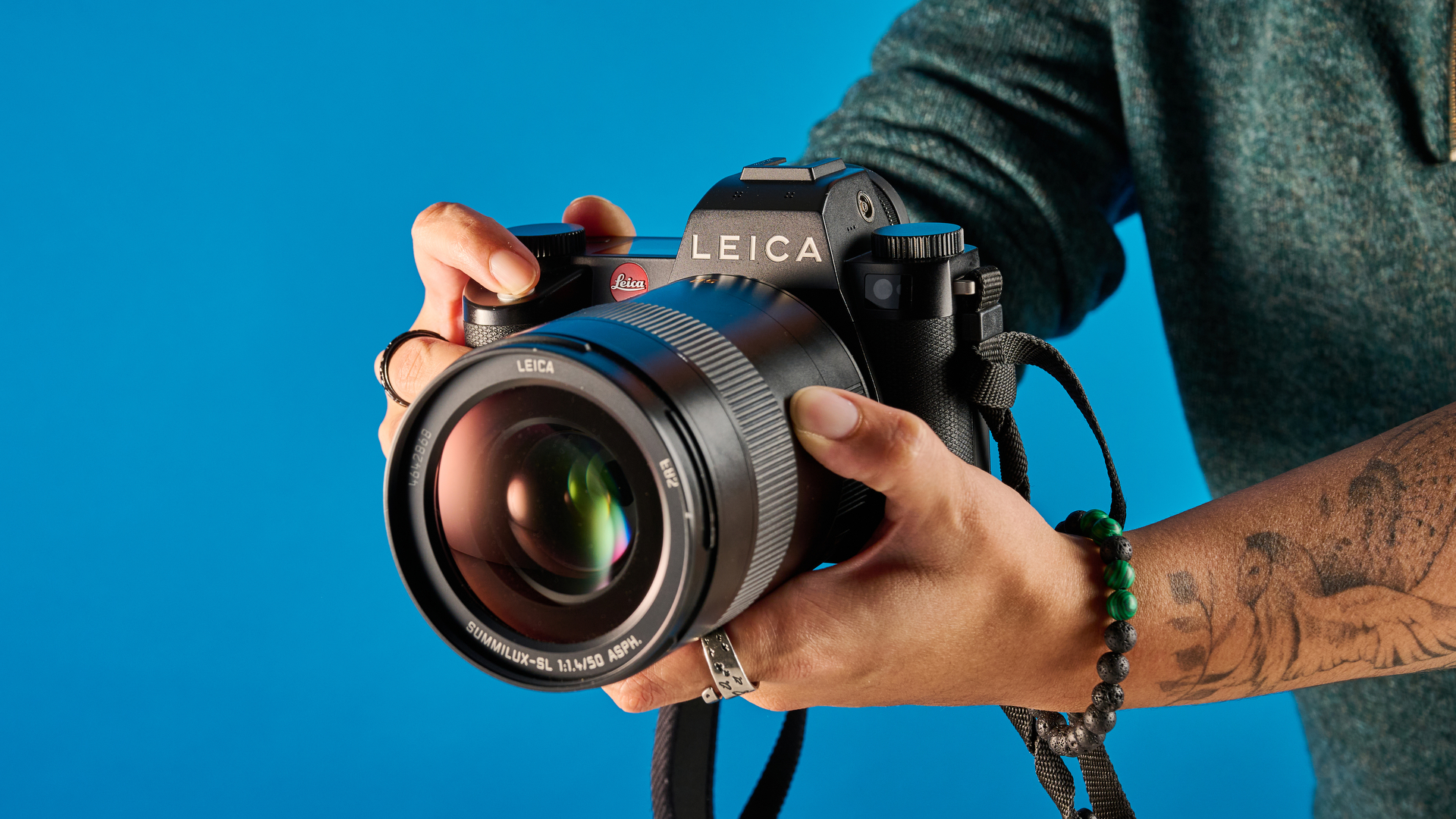
If you’re looking for a sleek, compact camera, this isn’t the one for you. The SL3 is a bulky mirrorless camera which requires some arm strength. It measures 5.55 x 4.25 x 3.33 inches and the body weighs 1.69lbs (without battery, SD card and camera bayonet cover). That’s not too bad, but the overall weight of the camera will obviously depend on the lens used. The 50mm f/1.4 lens I tested weighs a whopping 2.34lbs, and using the camera made me question how physically fit I actually am.
The SL3’s body is heavier than the Canon EOS R5 Mark II (1.44lbs) and the Sony A1 II (1.45lbs) but it’s similar to the Sony A7R V (1.6lbs). But despite its heavy weight, the SL3 is fantastic and tactile to handle, featuring a chunky grip that my fingers easily wrap around.
Displays
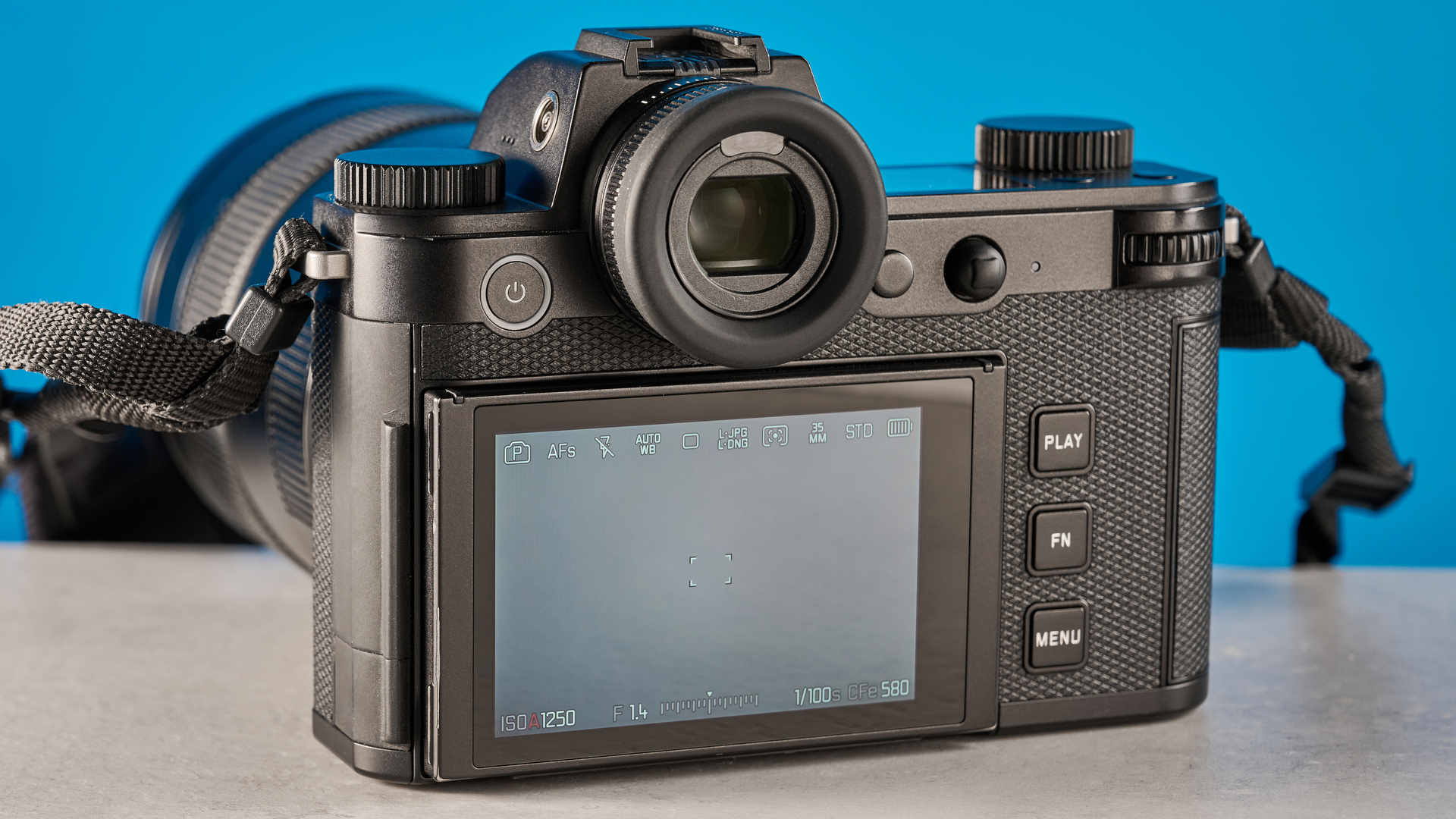
Similar to the Canon EOS R5 Mark II, the SL3 features two displays: one around the back and another on the top plate. The 3.2-inch backlit LED sits atop a tilting mechanism, and it features a resolution of approximately 2.33M dots, nearly as much as the X2D II 100C (2.36M dots). It’s bright and easy to read in most lighting conditions, highly responsive, and features an anti-fingerprint and anti-scratch design. The tilt-type mechanism came in handy when I was shooting at awkward angles, such as ducks loafing on the ground.
Speaking of the rear monitor, I also want to shout out the SL3’s menu system. Firstly, it’s stripped back and easy to read/navigate. The menu doesn’t overwhelm you, enabling you to maintain your concentration. You can also streamline your workflow by customizing the eight tiles to complement six customizable physical buttons. There are also six user profiles for photo and an additional six for video, so you get a ridiculous amount of personalization.
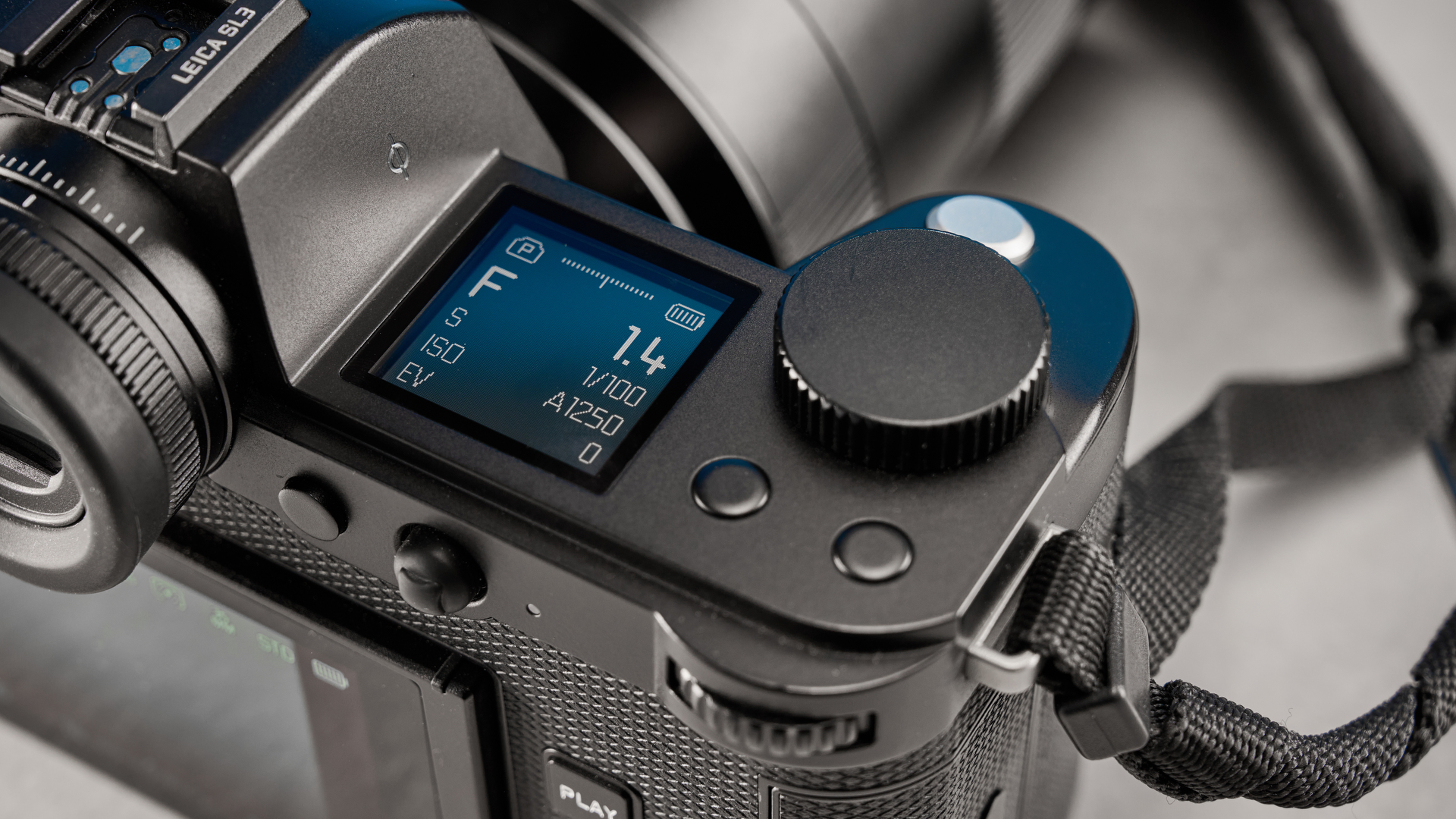
On the top plate, you’ll find the 1.28-inch monochrome LCD which displays the shooting settings, such as shutter speed, aperture, ISO and so on. It’s nice to have but I really wouldn’t have noticed its absence if it didn’t exist. Leica doesn’t specify the top display’s resolution but in real-world use, I found it easy to read, especially while shooting video and when I wasn’t using the viewfinder to frame my subject.
Viewfinder
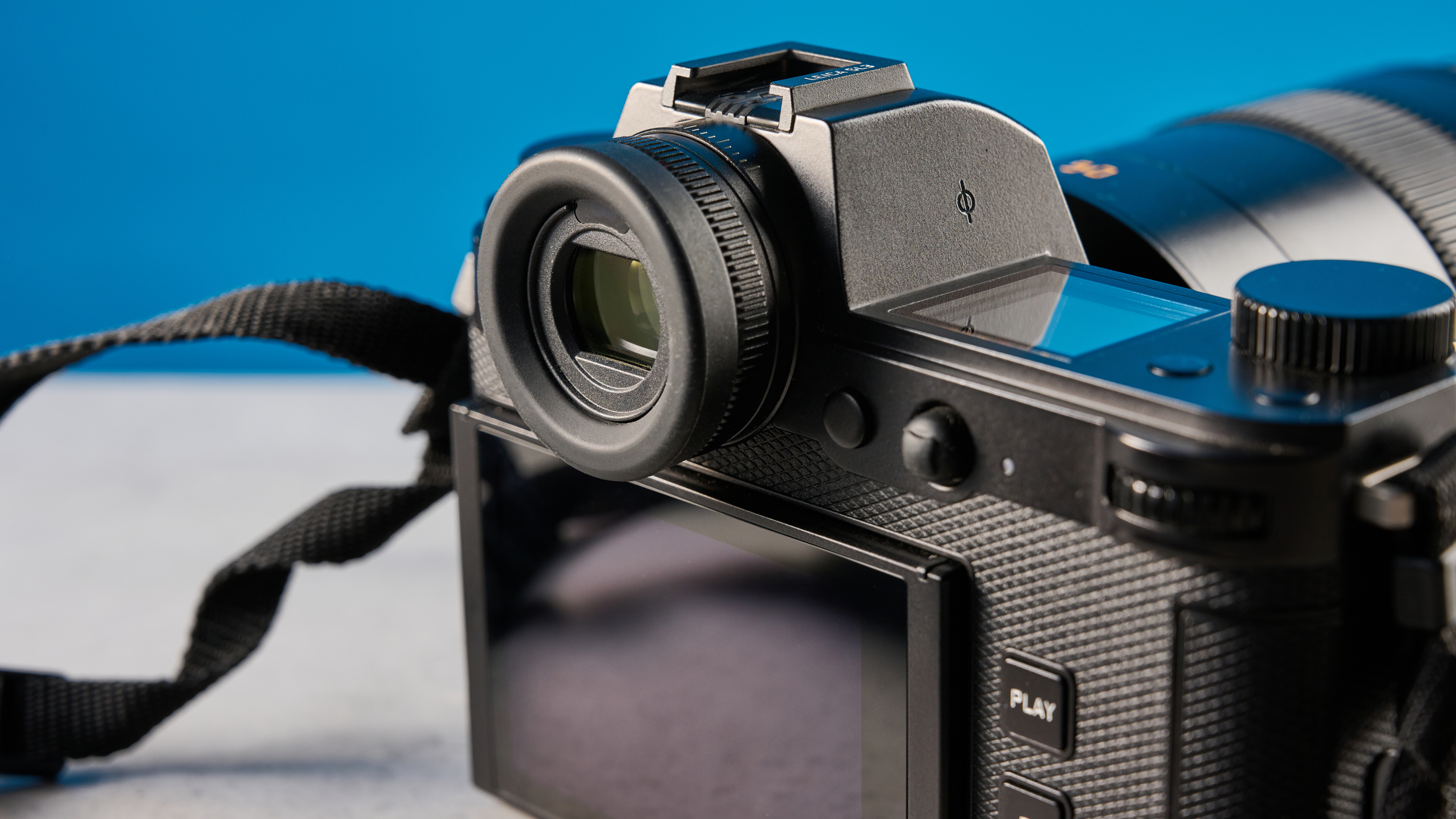
Throughout my testing, the SL3’s viewfinder never let me down. I found it quick, reliable, and easy to look through and frame my subjects. The SL3’s OLED electronic viewfinder (EVF) is bright and detailed, with a resolution of 5.76M dots (similar to the Canon EOS R5 Mark II) and a refresh rate of either 60Hz or 120Hz — and it’s more than sufficient for the kind of photography the camera is best suited for.
But for the price, I’d have expected a higher-res viewfinder. The Sony A7R V and Sony A1 II both have 9.44M-dot EVFs. The A1 II’s viewfinder is especially exceptional as it’s large and has a 240Hz refresh rate.
However, the SL3’s 120Hz refresh rate is more than plenty for when you’re photographing subjects that don’t move rapidly at very high speeds — this isn’t a high-speed camera designed specifically for wildlife or sports, so it doesn’t need to have a whopping 240Hz refresh rate like the Sony A1 II ($6,499). Everything I photographed in my testing remained fairly free of motion blur through the viewfinder.
Ports
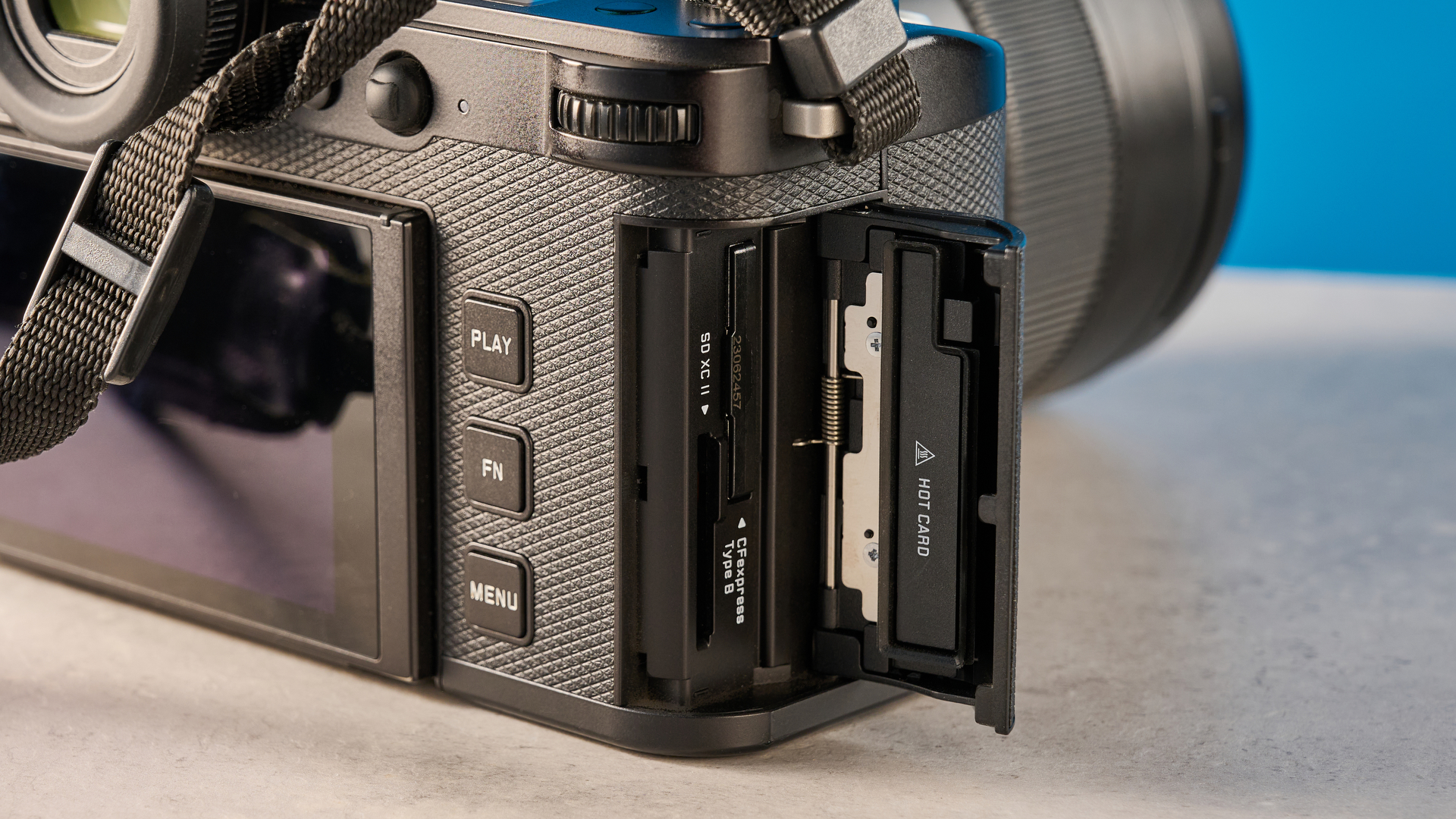
Ports on the SL3 are minimal. On the left edge of the camera, you’ll find HDMI 2.1 Type-A, USB-C, and 3.5mm audio output and input ports. The right edge houses two memory card slots, for a SD/SDHC/SDXC UHS-II/UHS-I card and for a CFExpress Type-B card. You can use a CFExpress Type-A card too as long as you have an adapter. CFExpress cards ensure faster write and read speeds versus SD cards, so it’s great that the SL3 supports them given the large 60 megapixel files.
Weather-sealing
Thanks to a solid and entirely sealed full-metal housing, the SL3 is weather-sealed with an IP54 rating. This means that the camera is protected from dust ingress and water spray from any direction. As is typical of British weather, I was treated to light rain every now and then when I was testing the SL3, but both the camera and lens remained unscathed.
Leica SL3 review: Controls
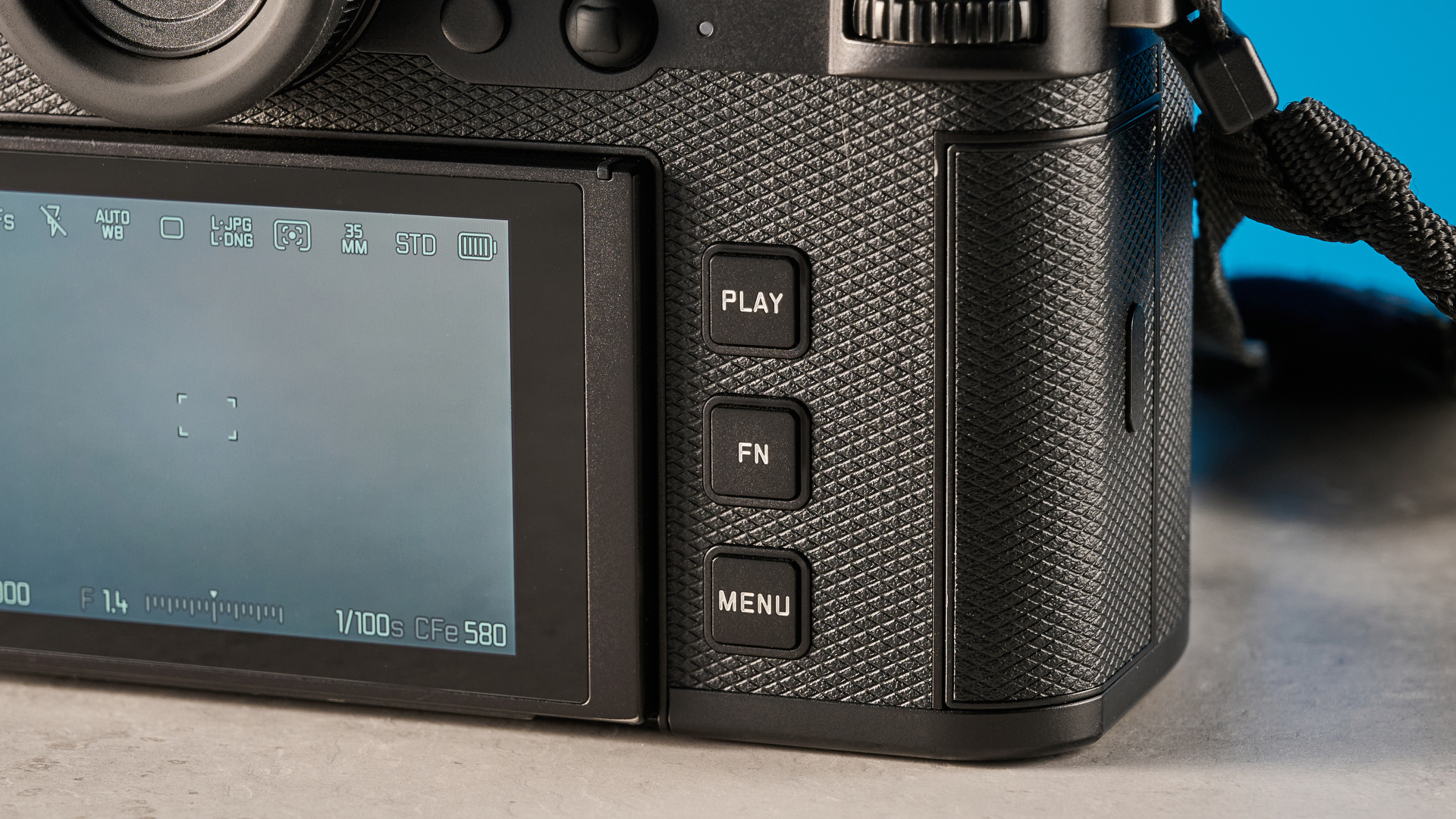
The Leica SL3 is simply a joy to use. Physical buttons and dials are stripped back with only a few, well-placed ones present on the body. This camera is designed to simplify your workflow without overwhelming you, and at that, it excels. I found the camera delightful to use, with all the buttons and dials providing good tactile feedback.
Due to the sheer size of the camera, some buttons may feel harder to reach, such as the dial on the right side of the top plate. But that doesn’t detract from the user experience. The large dials and buttons make perfect sense if you’re using the SL3 mounted on a tripod in a studio setting. Combined with the bright tilt-type screen, it feels right at home in a professional studio.
The SL3 also features a focus joystick which feels great and responsive to use, and I’ve found it more comfortable to use than the Sony A1 II’s. The A1 II’s joystick is textured while the SL3’s is covered with rubber, which makes it comfortable to use for long periods of time.
Leica SL3 review: Autofocus
The Leica SL3 borrows the hybrid autofocus system from the likes of the Leica Q3 43 ($7,380), and it utilizes a combination of phase-detection for speed and contrast-detection for accuracy. As with most other cameras, you get the option to choose between Single AF (AFS), Continuous AF (AFC) and Manual Focus, or you can select Intelligent AF where the camera will decide whether to use AFC or AFC.

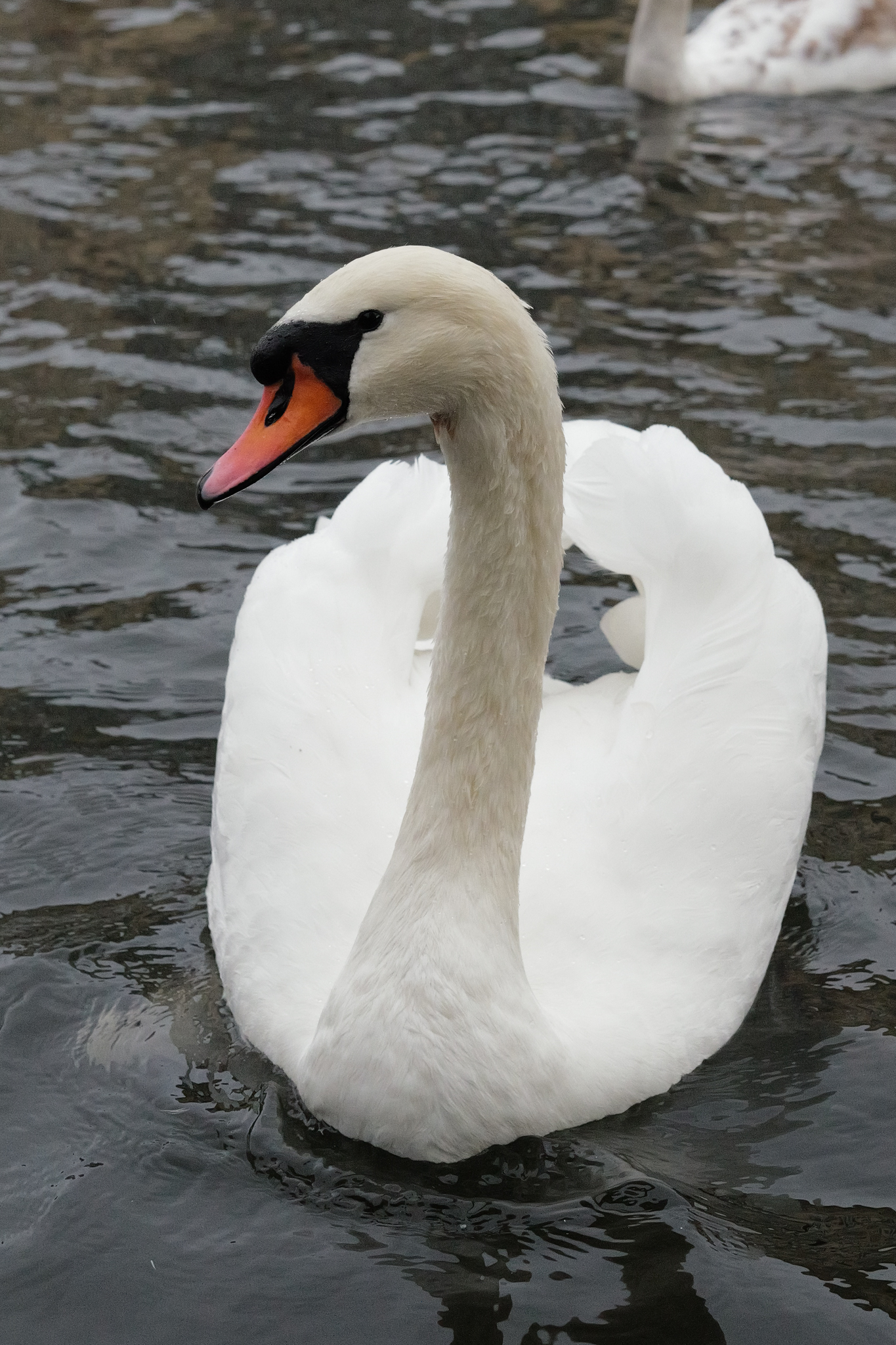
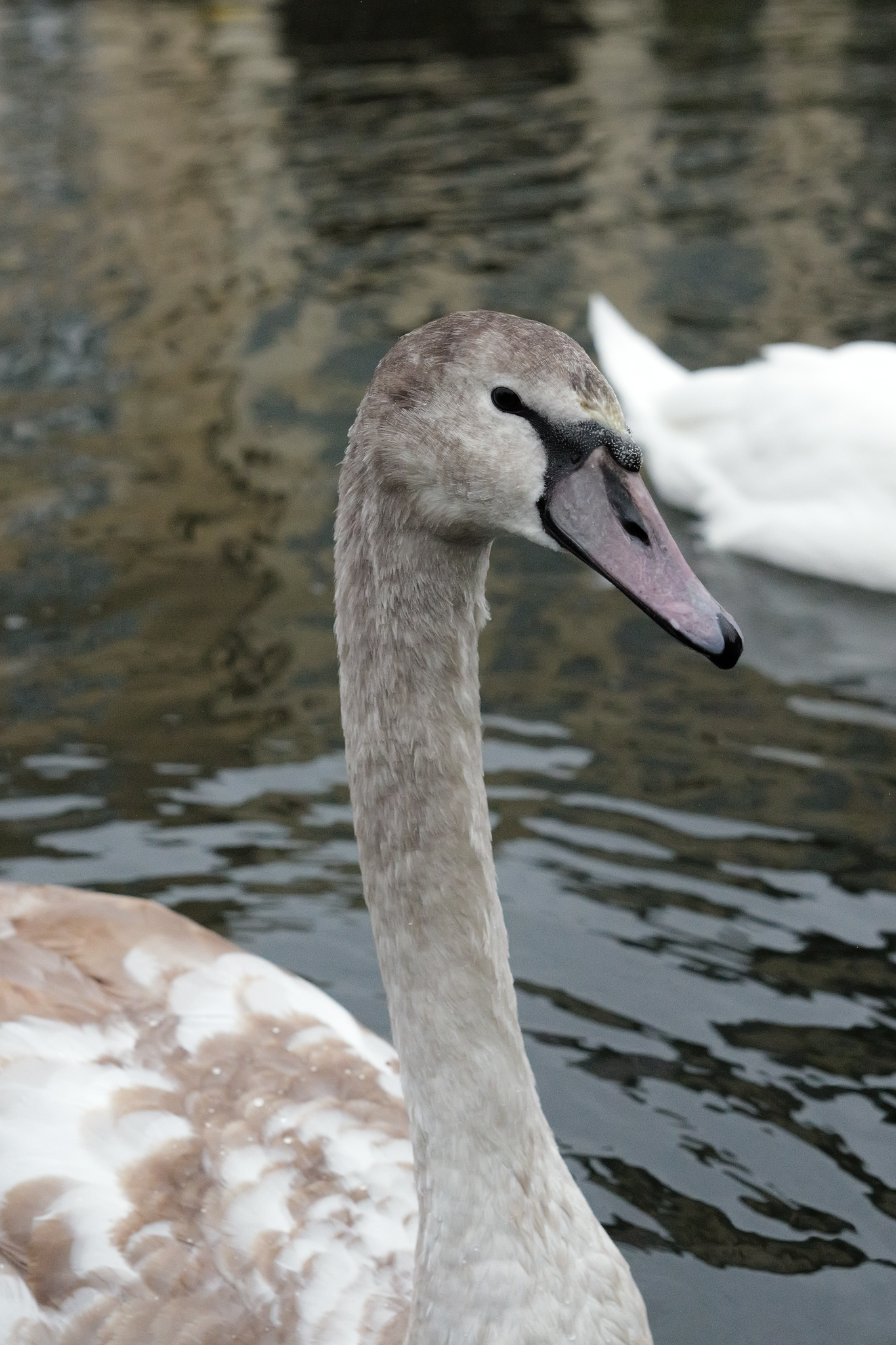
The camera also uses depth mapping to accurately and reliably lock on human eyes, faces, and bodies, plus animals and birds. This worked exceptionally well in my testing. The SL3 was quick to lock on to my partner’s face in the first slide above, and it did a good job of locating and locking on to the swans’ faces.
Similar to the Q3 43, if there are multiple people in the frame, the camera will highlight the person it is focusing on with a yellow box and the others with white, so you can use the joystick to swap accordingly.
The SL3 does so when using animal detection too, and I found it easy to swap to the subject I wanted to focus on with the joystick. That’s how I achieved the photo above where the swan is the centre of attention in an otherwise crowded space.
The SL3’s autofocus is a little sluggish when recording video. In the video above, it takes a while to focus on my face as I exit and enter the frame. It’s not the slowest but not the fastest either. It just is.
Leica SL3 review: Stabilization
In contrast to its Q-series siblings, the Leica SL3 features 5-axis in-body image stabilization (IBIS) for up to 5 stops. Albeit slightly less competent than the IBIS systems on the Sony A1 II and the Canon EOS R5 Mark II (both 8.5 stops), it’s still very good and enables you to shoot at slower shutter speeds without the need for a tripod.
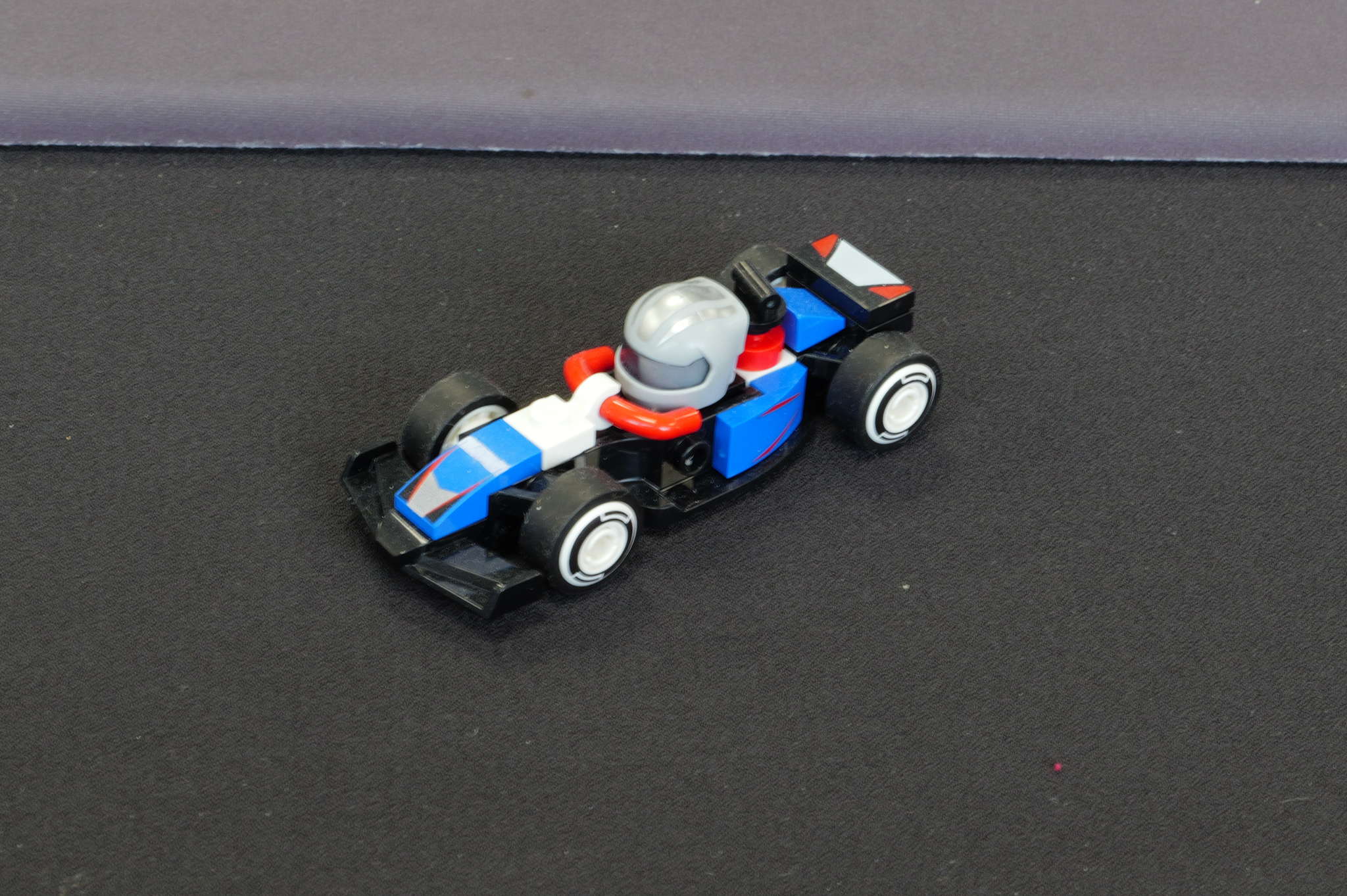
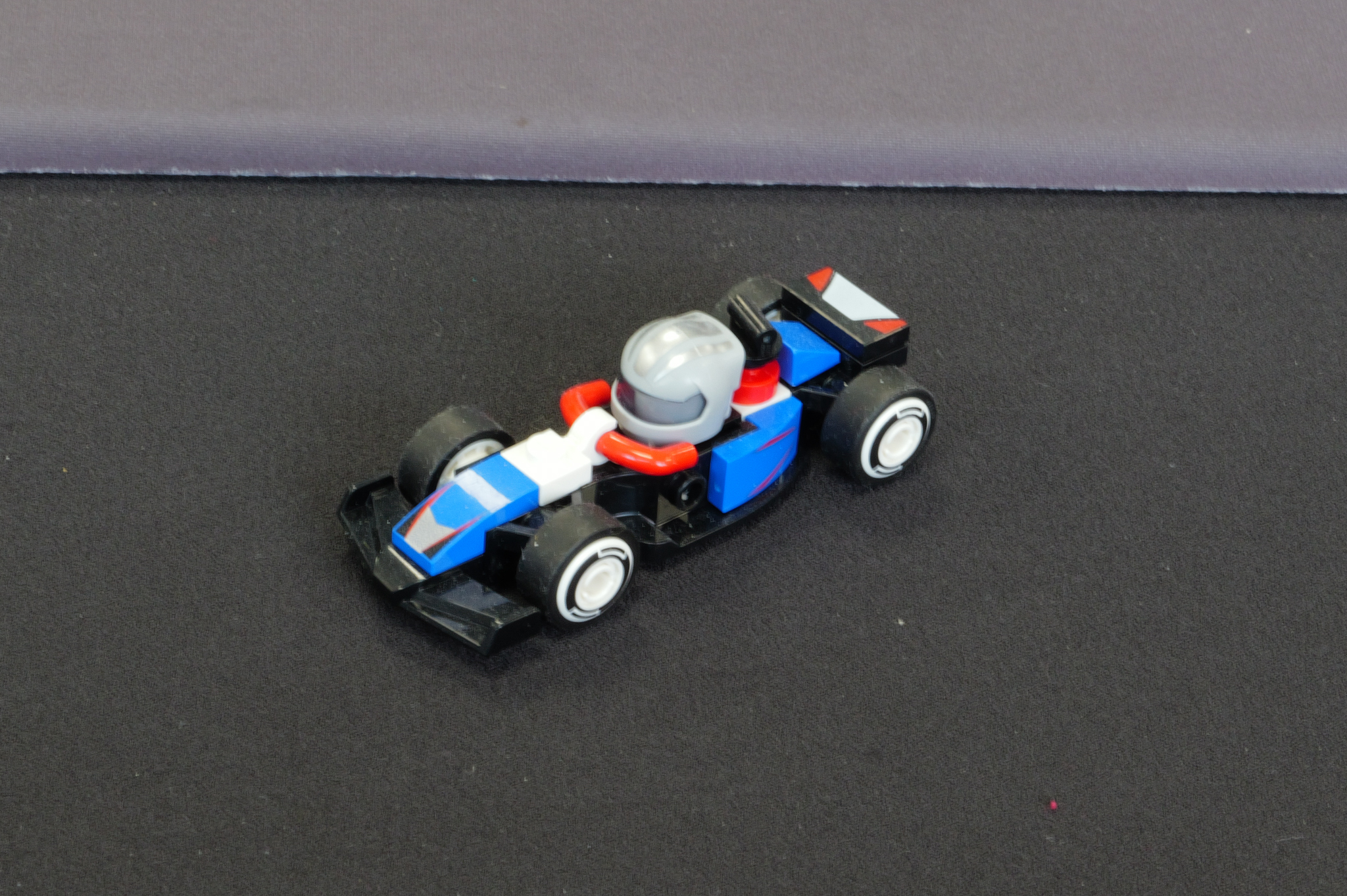
I tested this out by reducing the camera’s shutter speed to take a series of photos until I couldn’t take a sharp one, as you can see in the gallery above. I was able to shoot down to 0.3s handheld while retaining sharpness and detail (first slide above).
Any slower than that, at 0.5s for example, and I struggled to capture a sharp image (second slide above). On a camera like the Sony A1 II which features up to 8.5-stops of IBIS, I’ve been able to shoot at shutter speeds as slow as 2 seconds. The Sony A7R V could shoot reliably down to around 1 second handheld.
Leica SL3 review: Image quality
If there’s one thing Leica does well, it’s imaging performance. I’ve seen it with the Leica Q3 43 and the Leica M11-D ($9,799) in the past, and now I’ve seen it with the Leica SL3 too. If it’s best-in-class quality you’re after, you won’t be disappointed with the SL3. Fitted with a 60.3MP CMOS sensor and utilizing the Leica Maestro IV processor, the SL3 captures downright heavenly images.
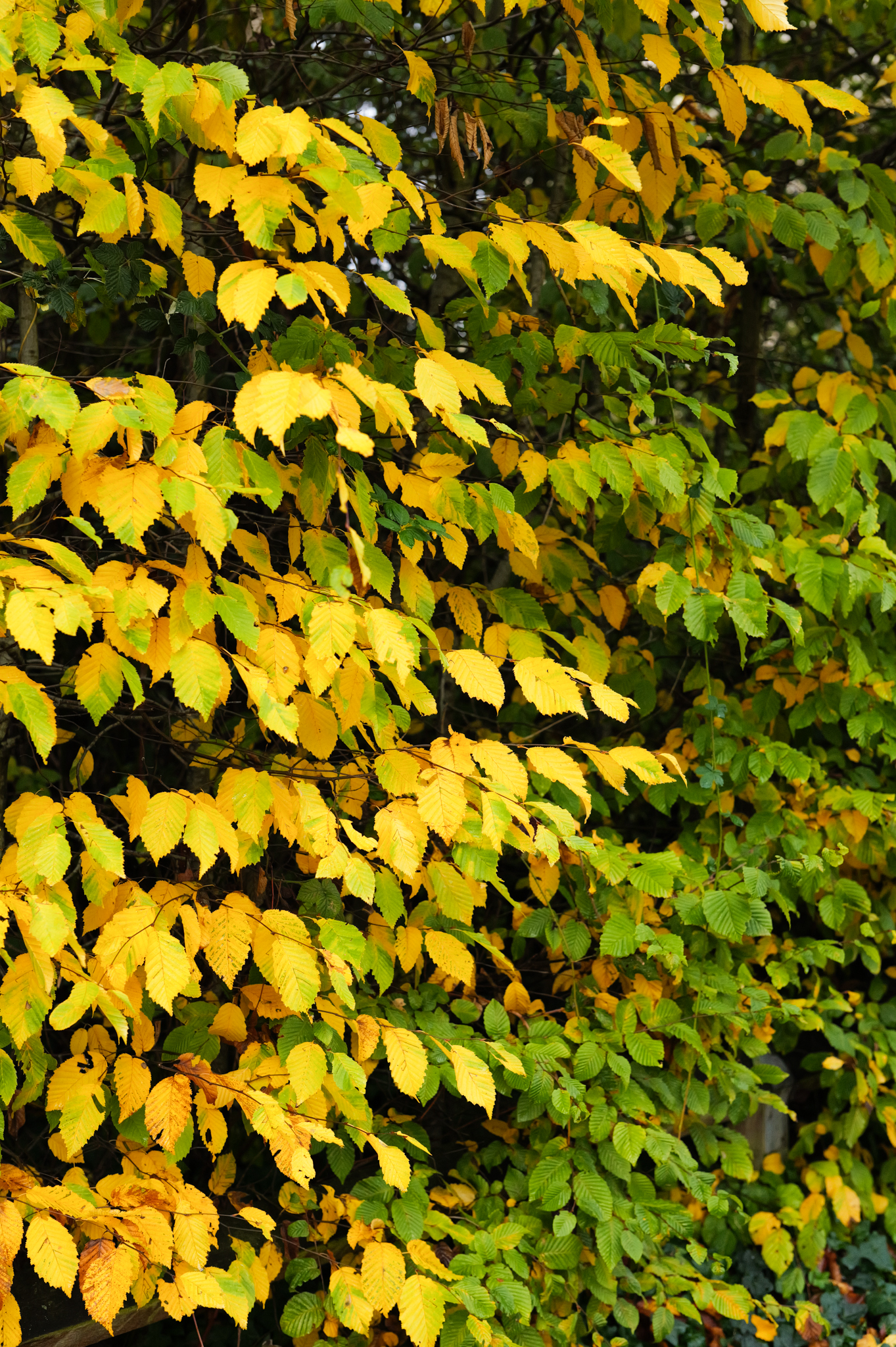
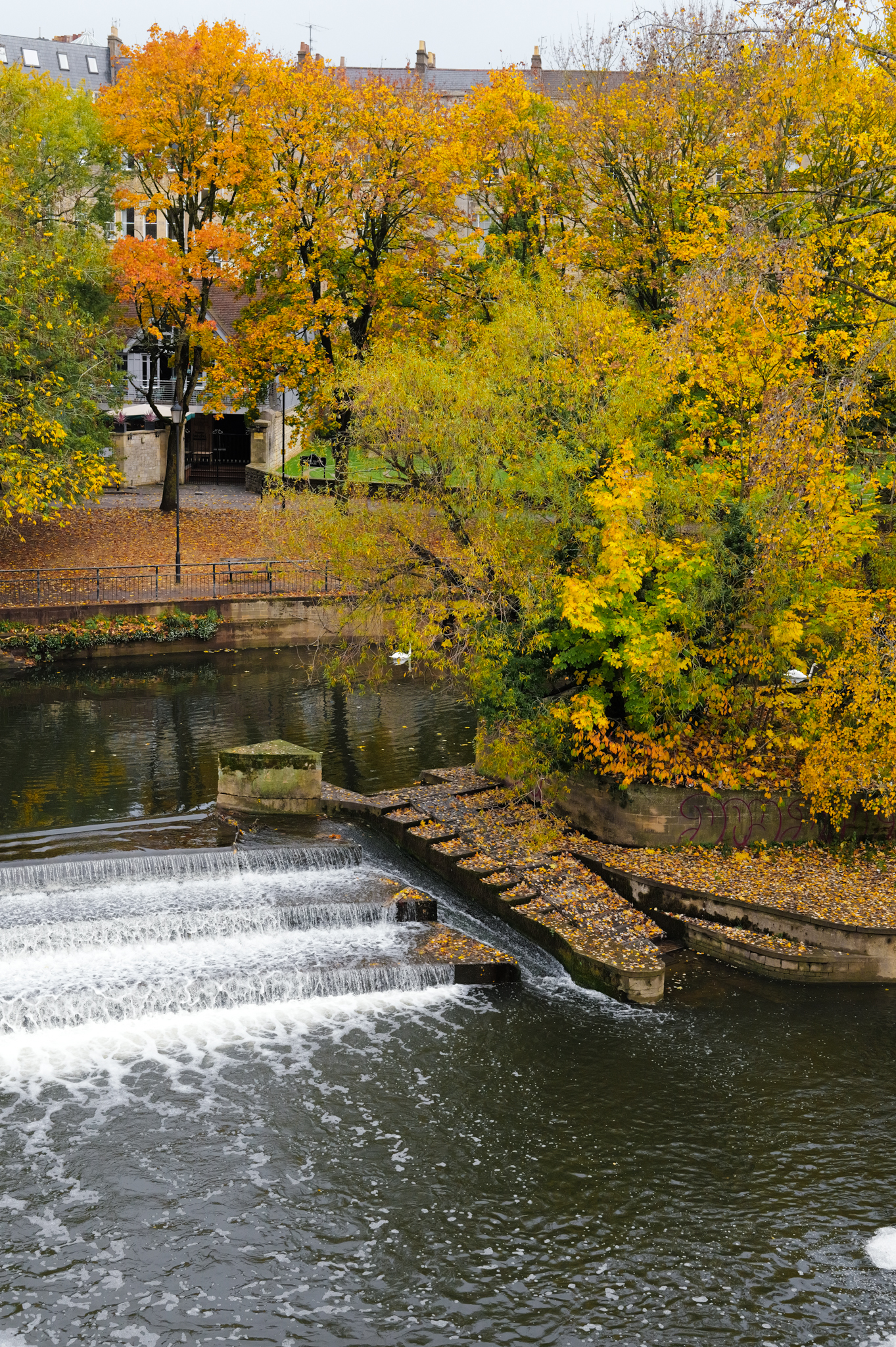
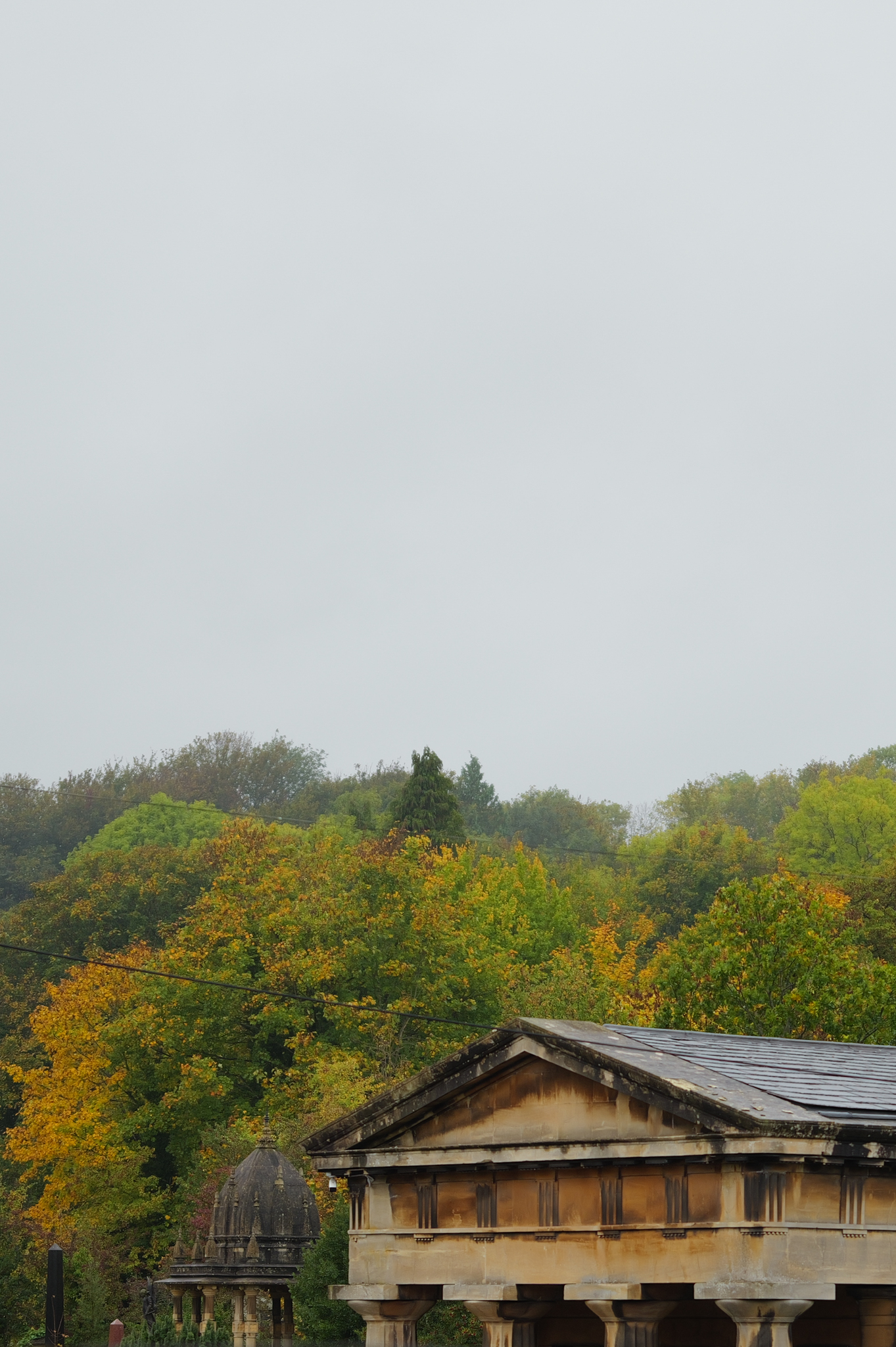
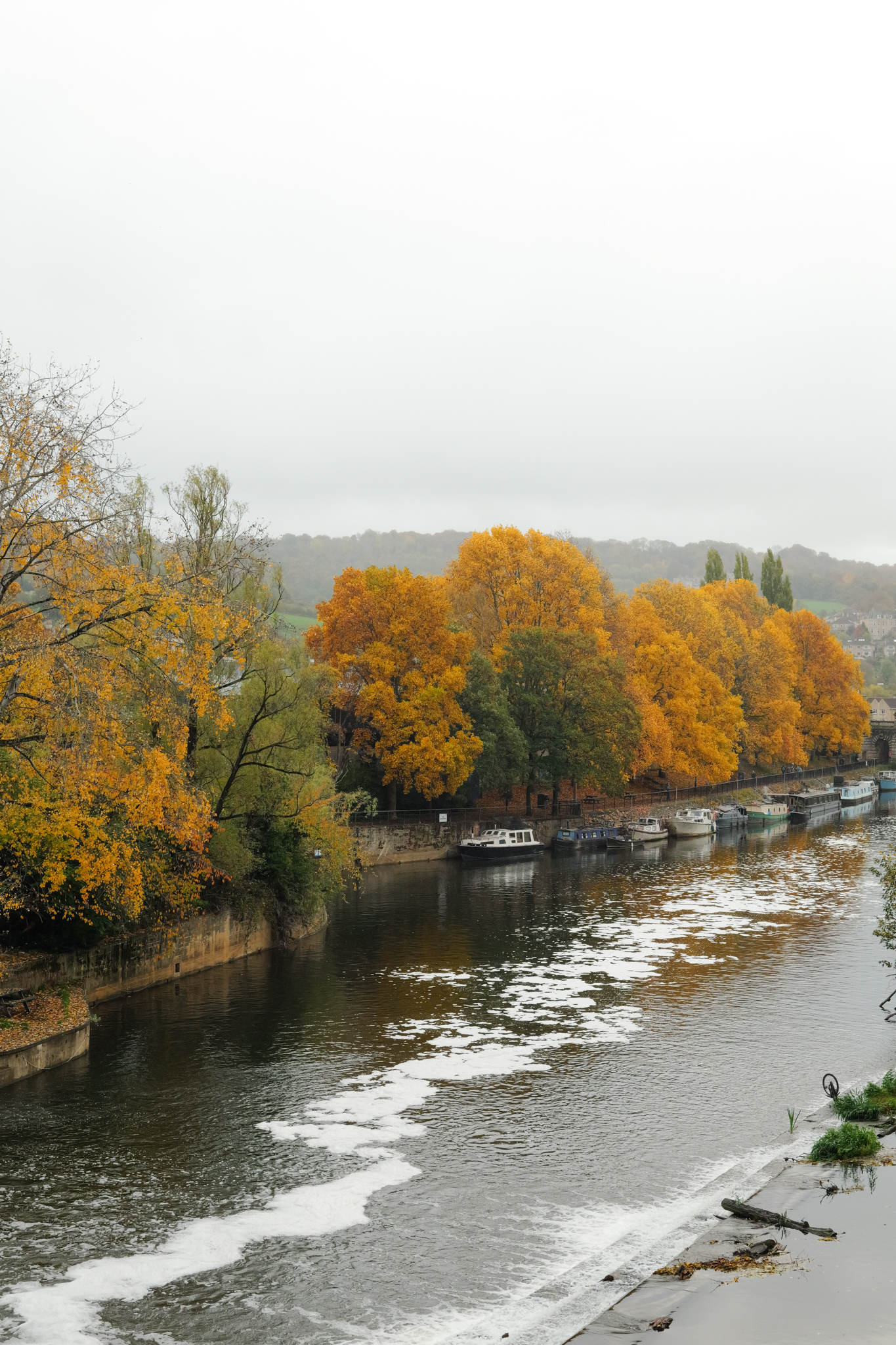
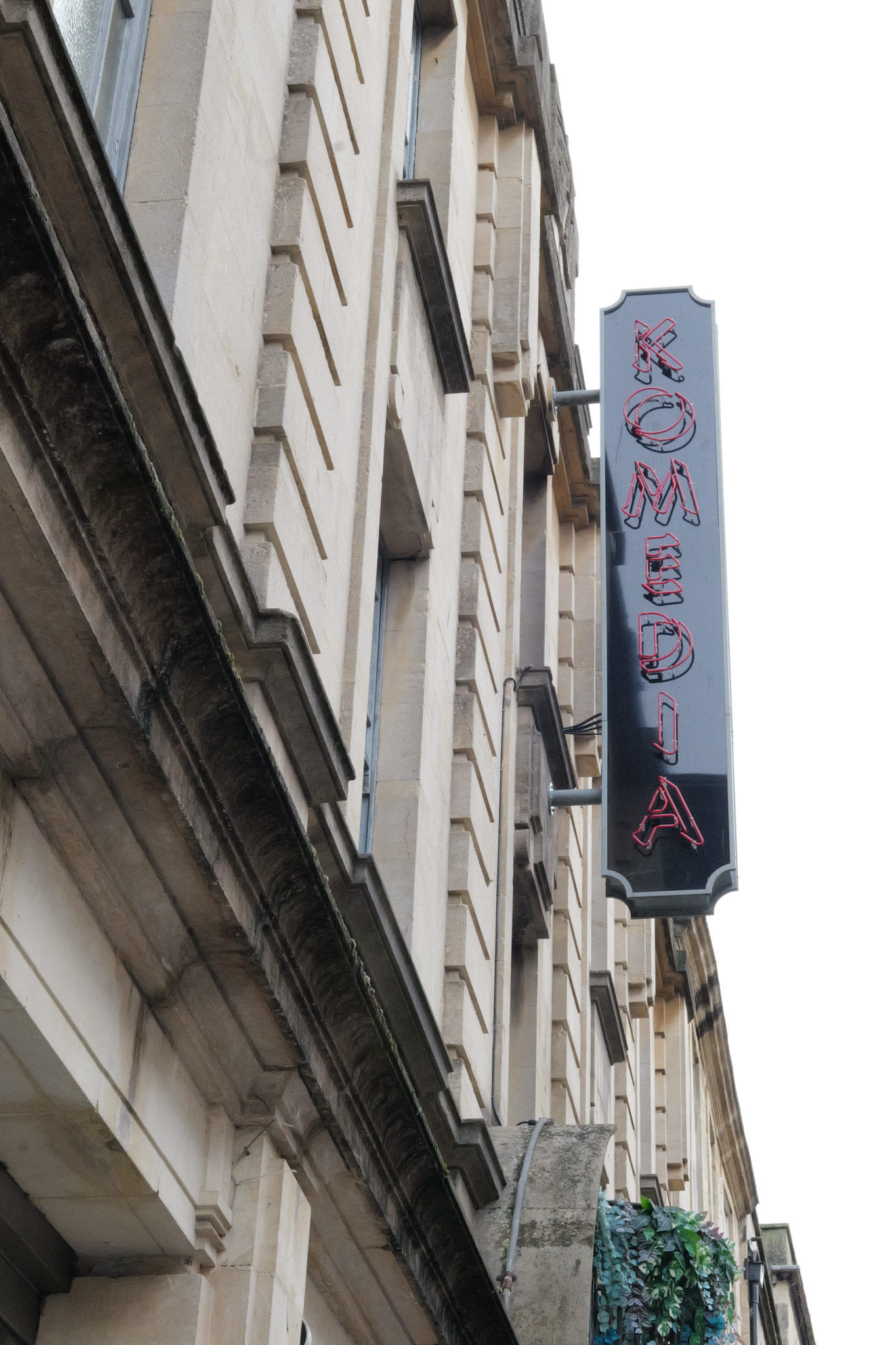
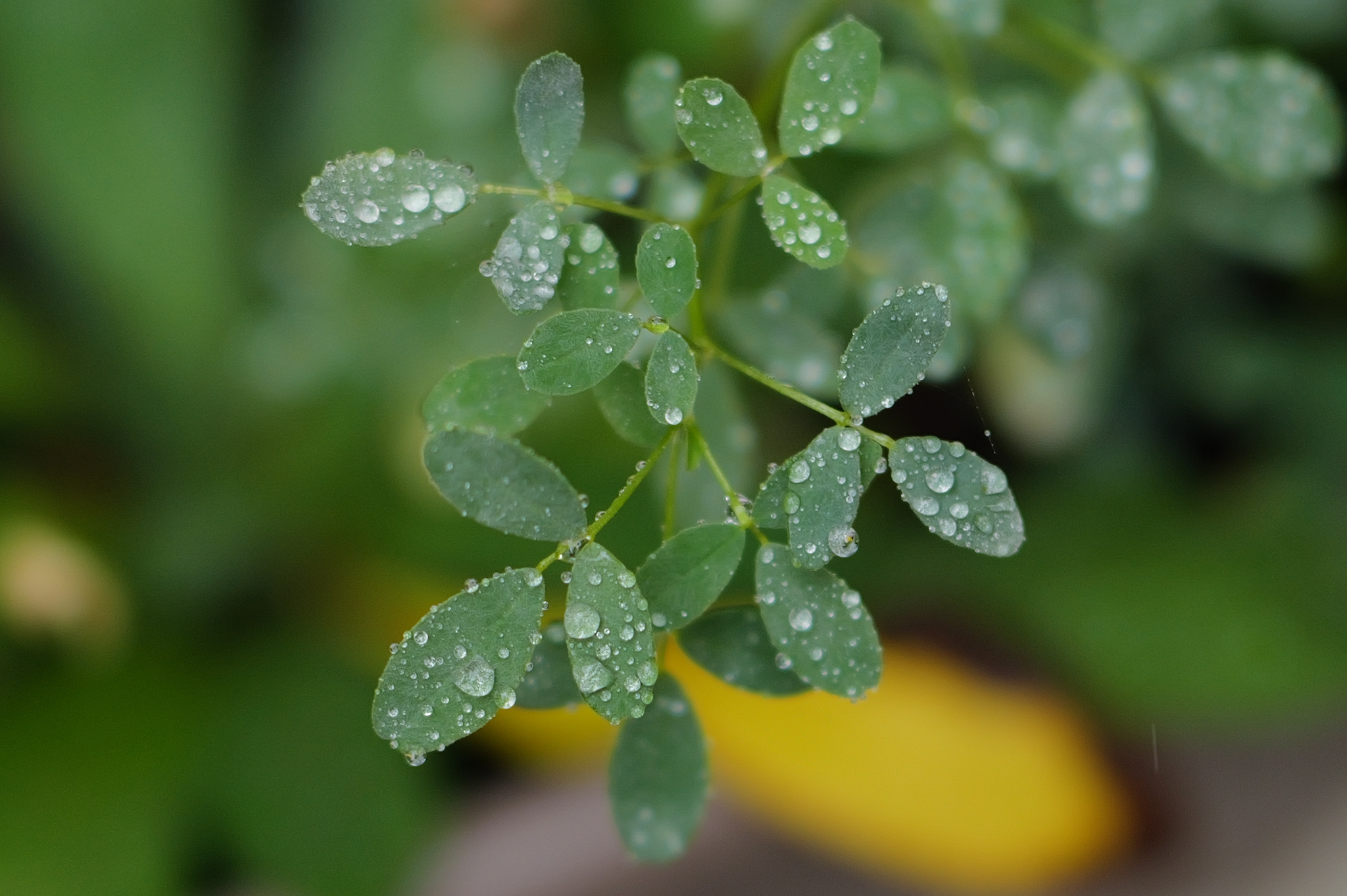
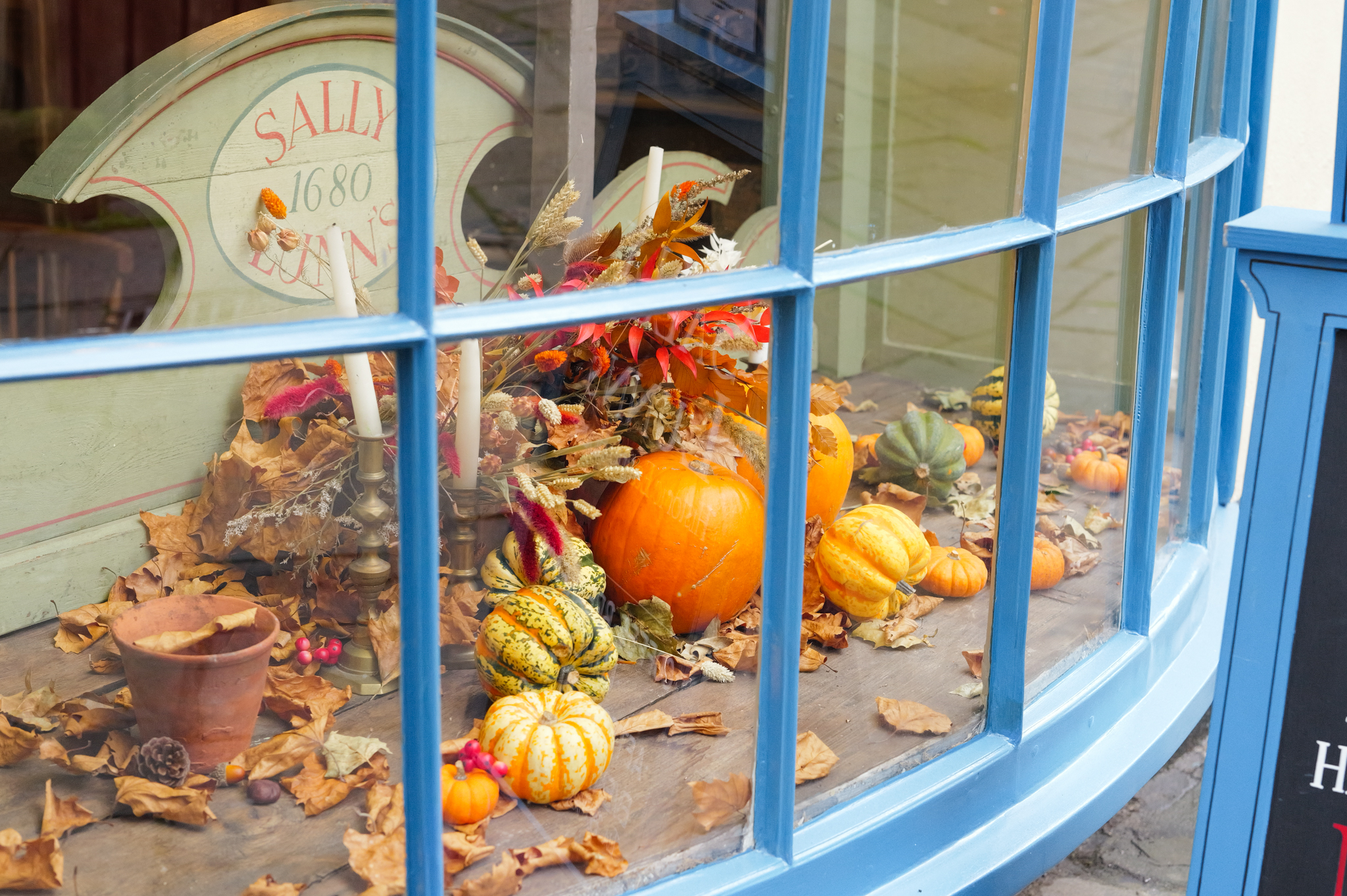
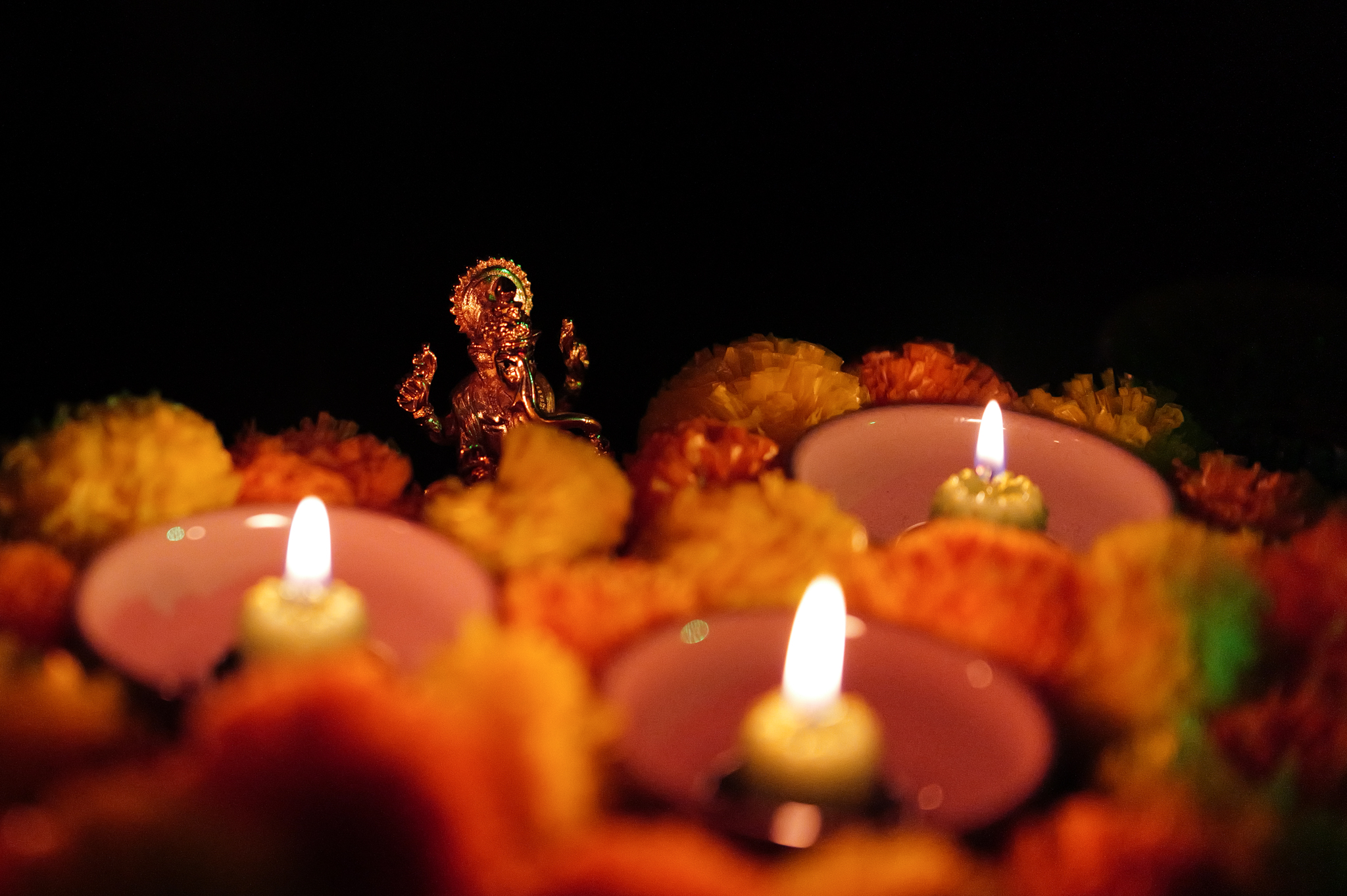
You can see a few sample shots in the gallery above. I adore the colors in all the shots. The yellow and orange autumnal shades pop and appear vivid. The close-up shot of the leaves is one of my favorite photos as you can clearly see the raindrops. Even photos taken in a dark room with just one light source, like the last slide, turn out fantastic and packed with detail.
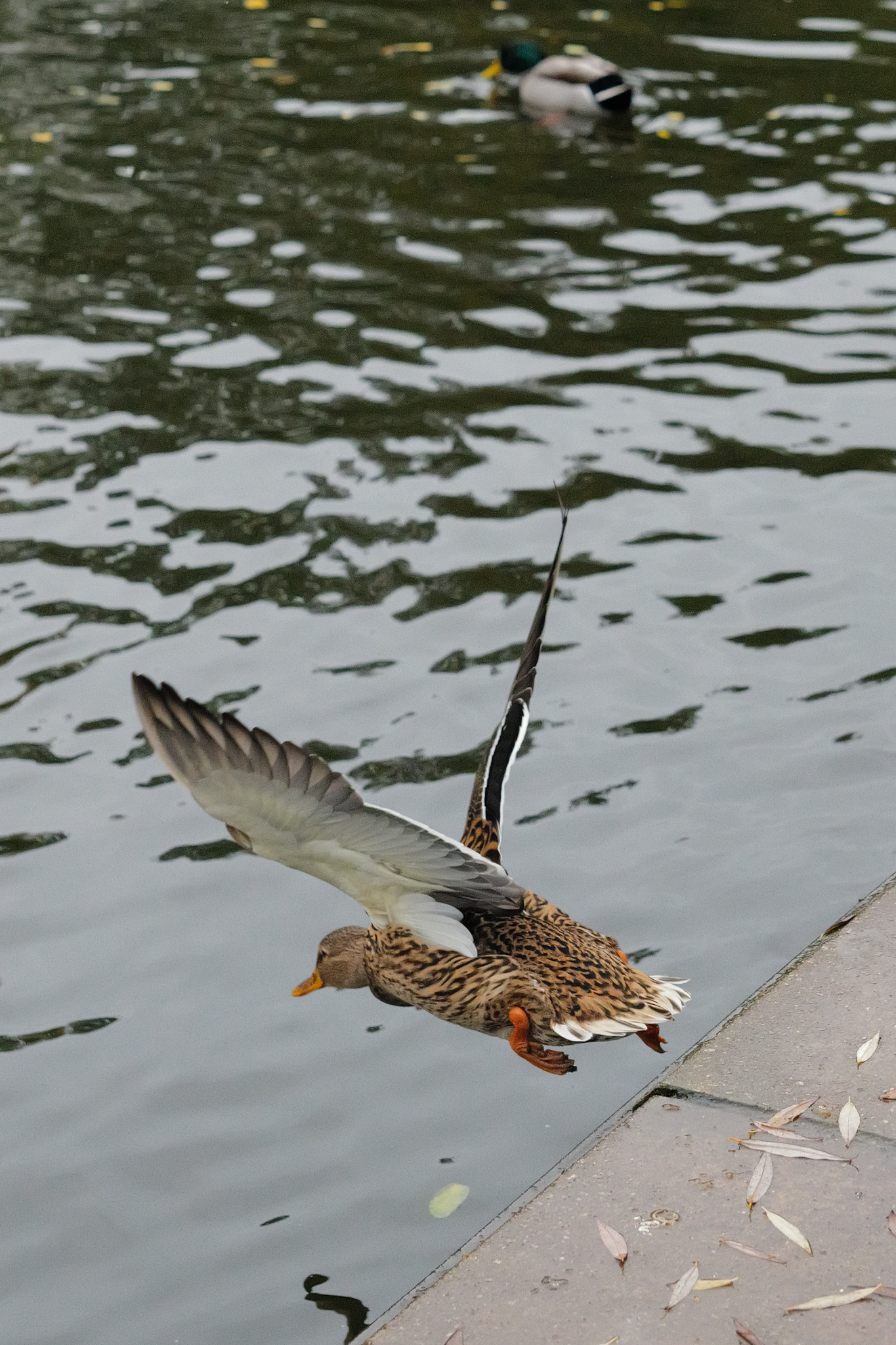
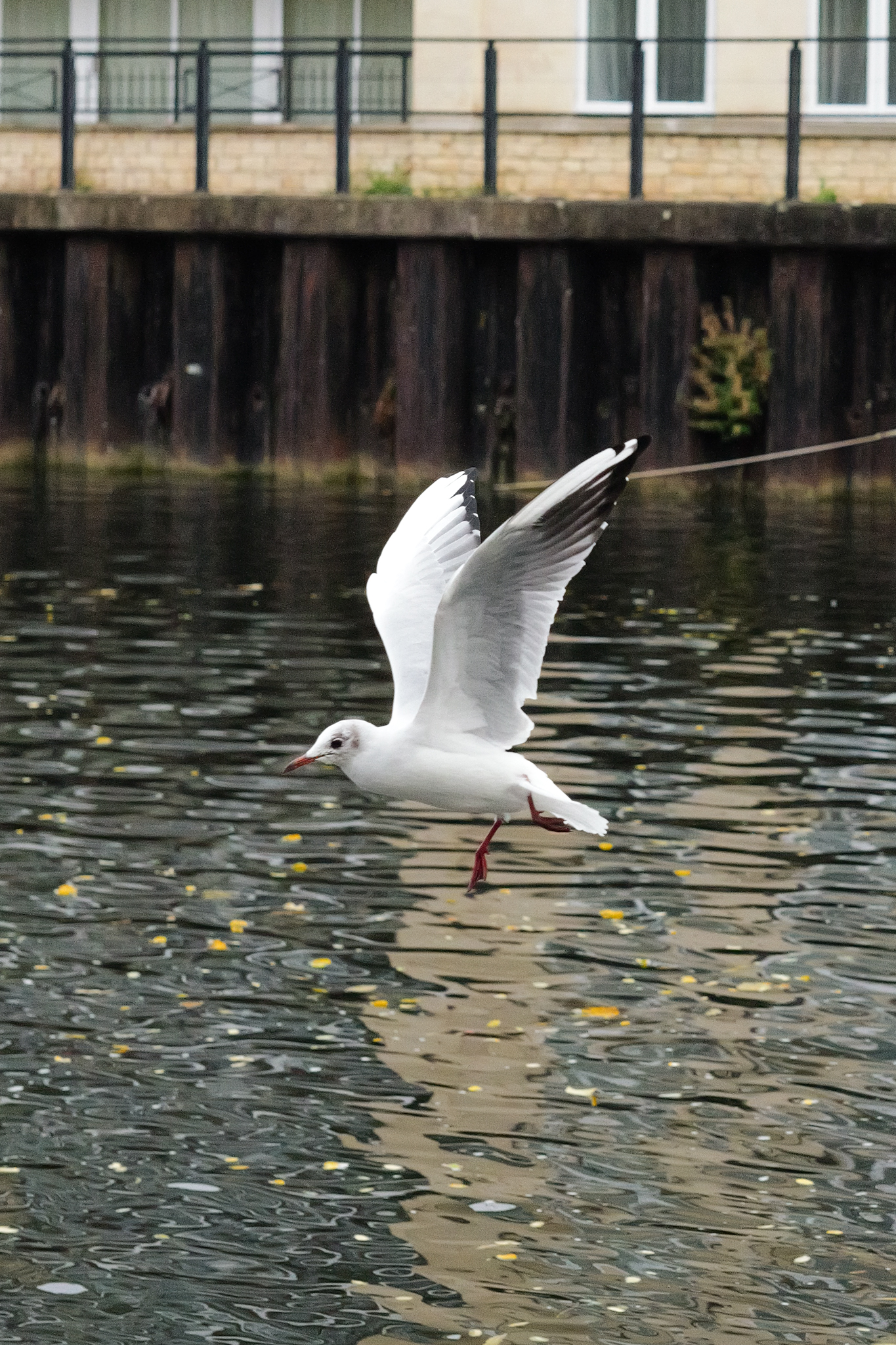
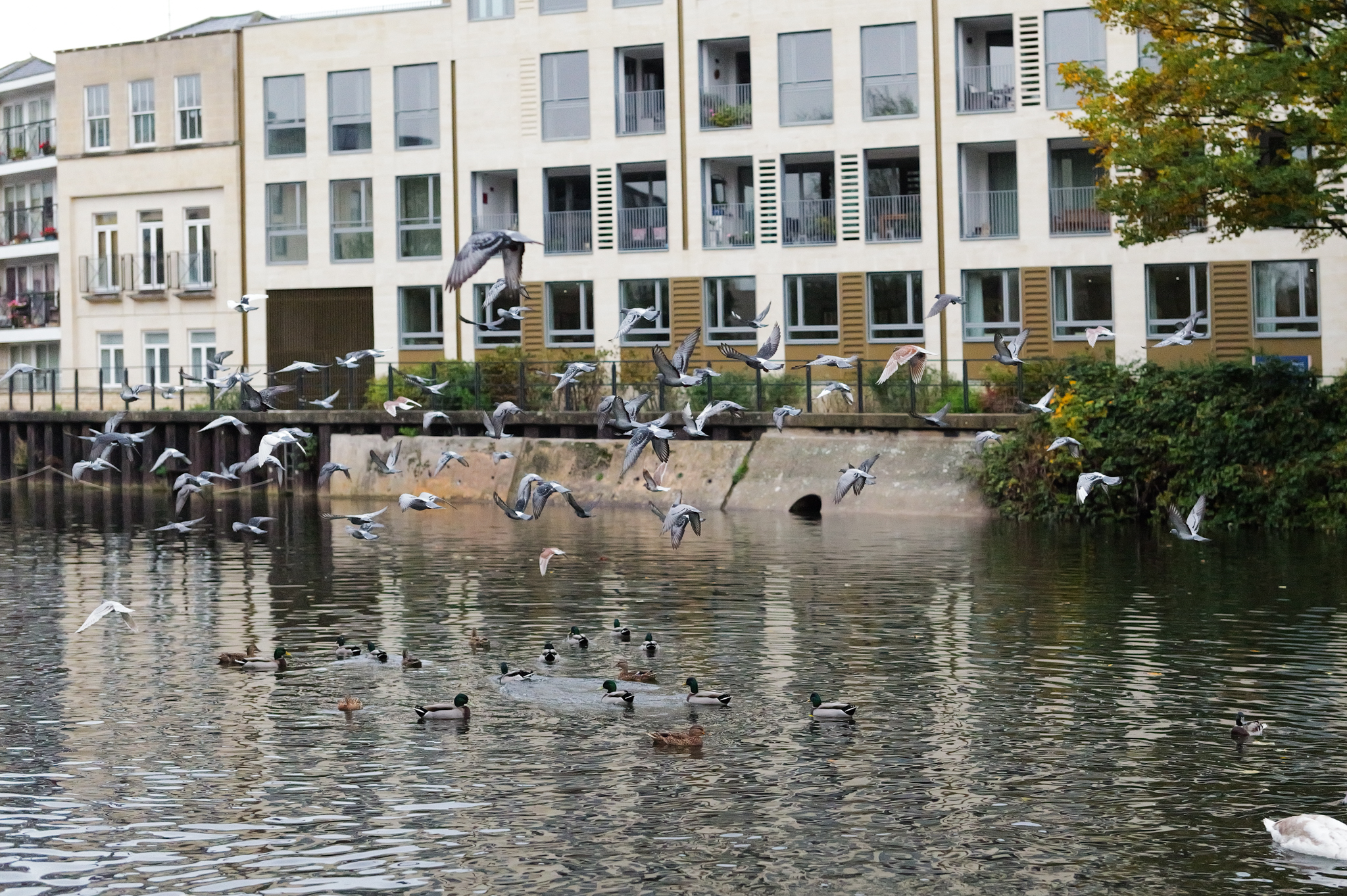
In terms of shooting rates, the SL3 utilizes a 15fps electronic or 7fps mechanical shutter, just like the Q3 43. This is fast enough for most genres of photography, including serious wildlife photography, but won’t suit sport photography (but who buys a Leica to shoot sports?). The electronic shutter has a maximum speed of 60s to 1/16000s while the mechanical one has a maximum speed of 60m to 1/8000s, ready for any situation and genre of photography.

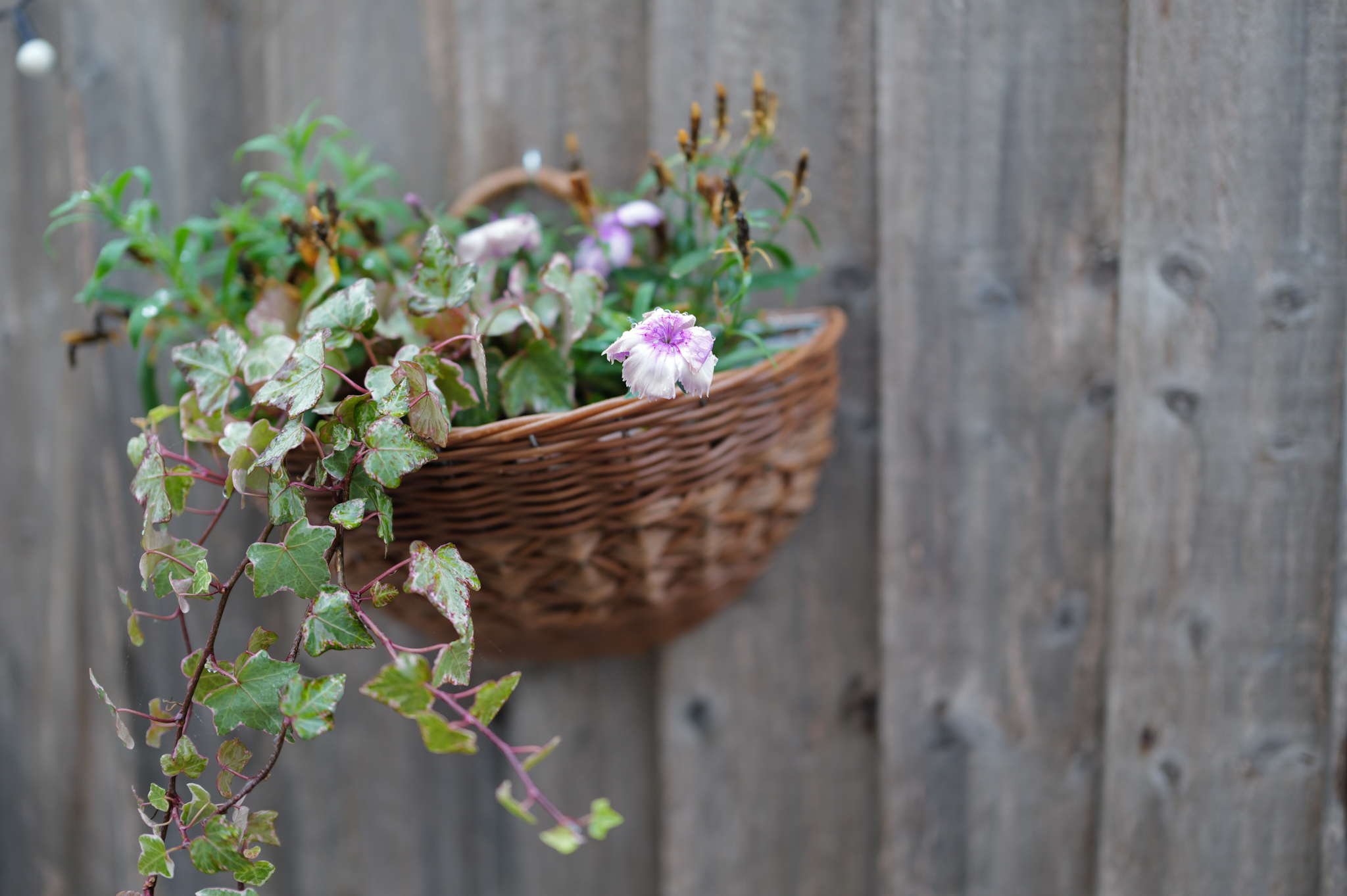
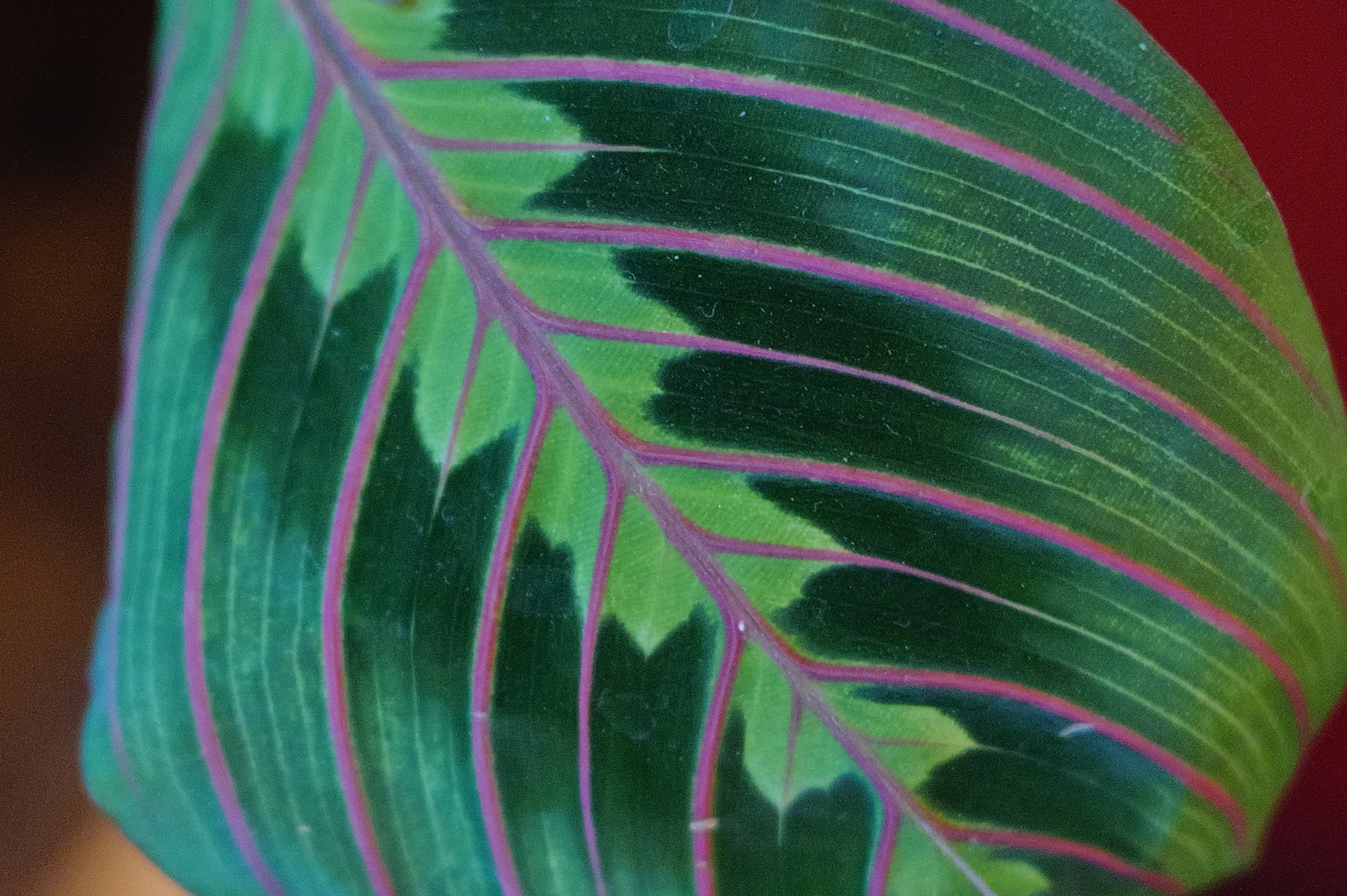
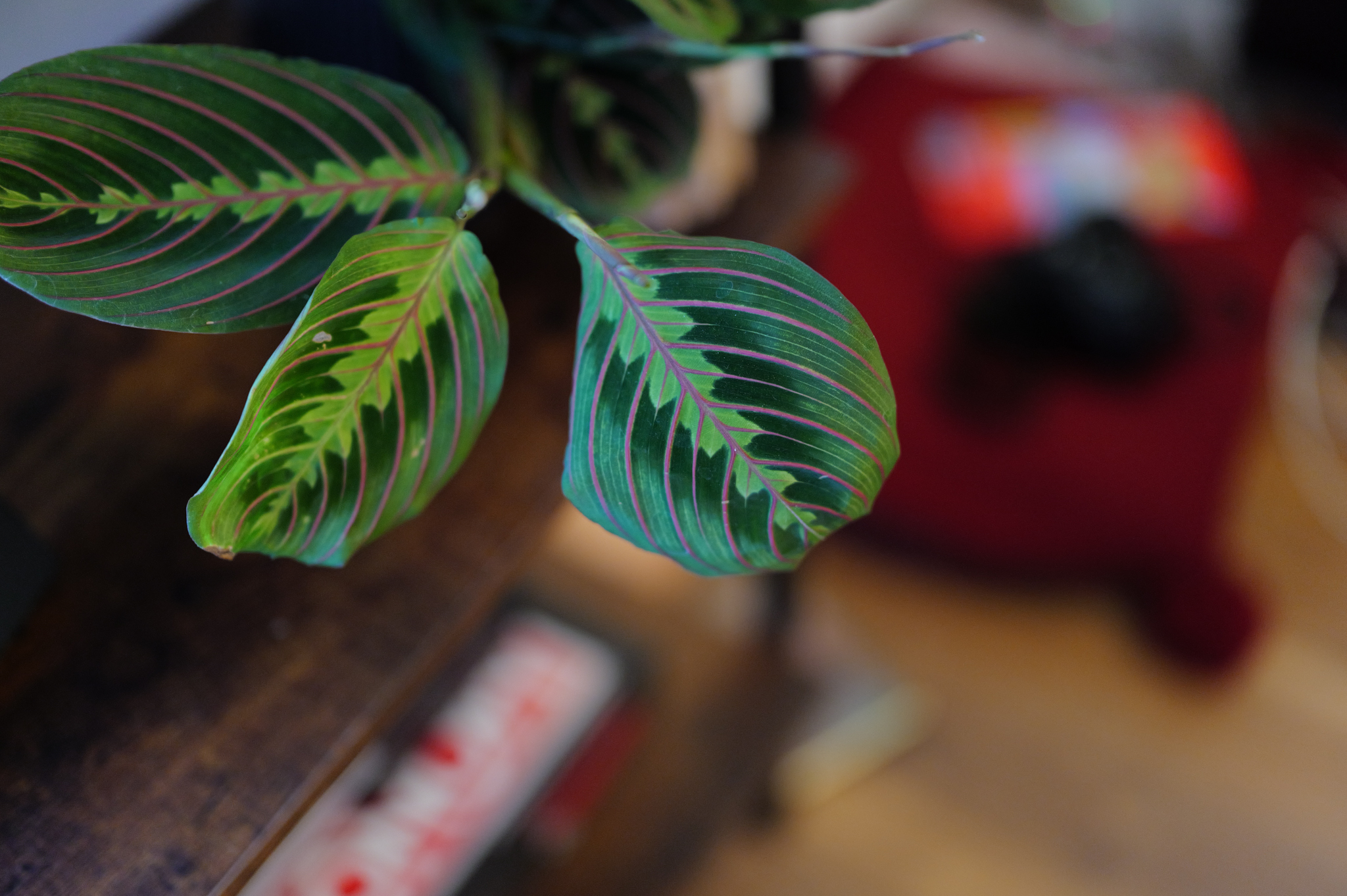
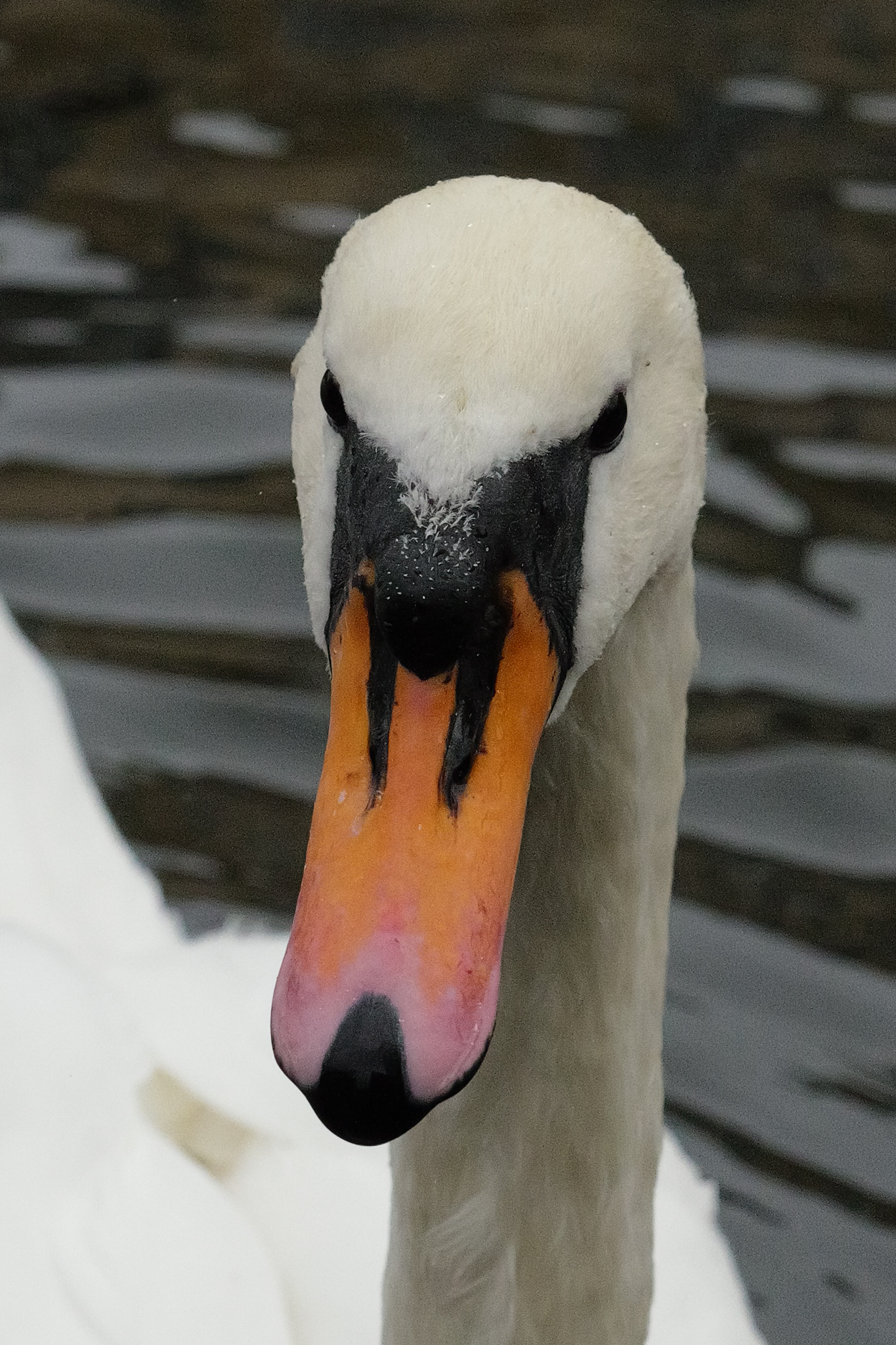
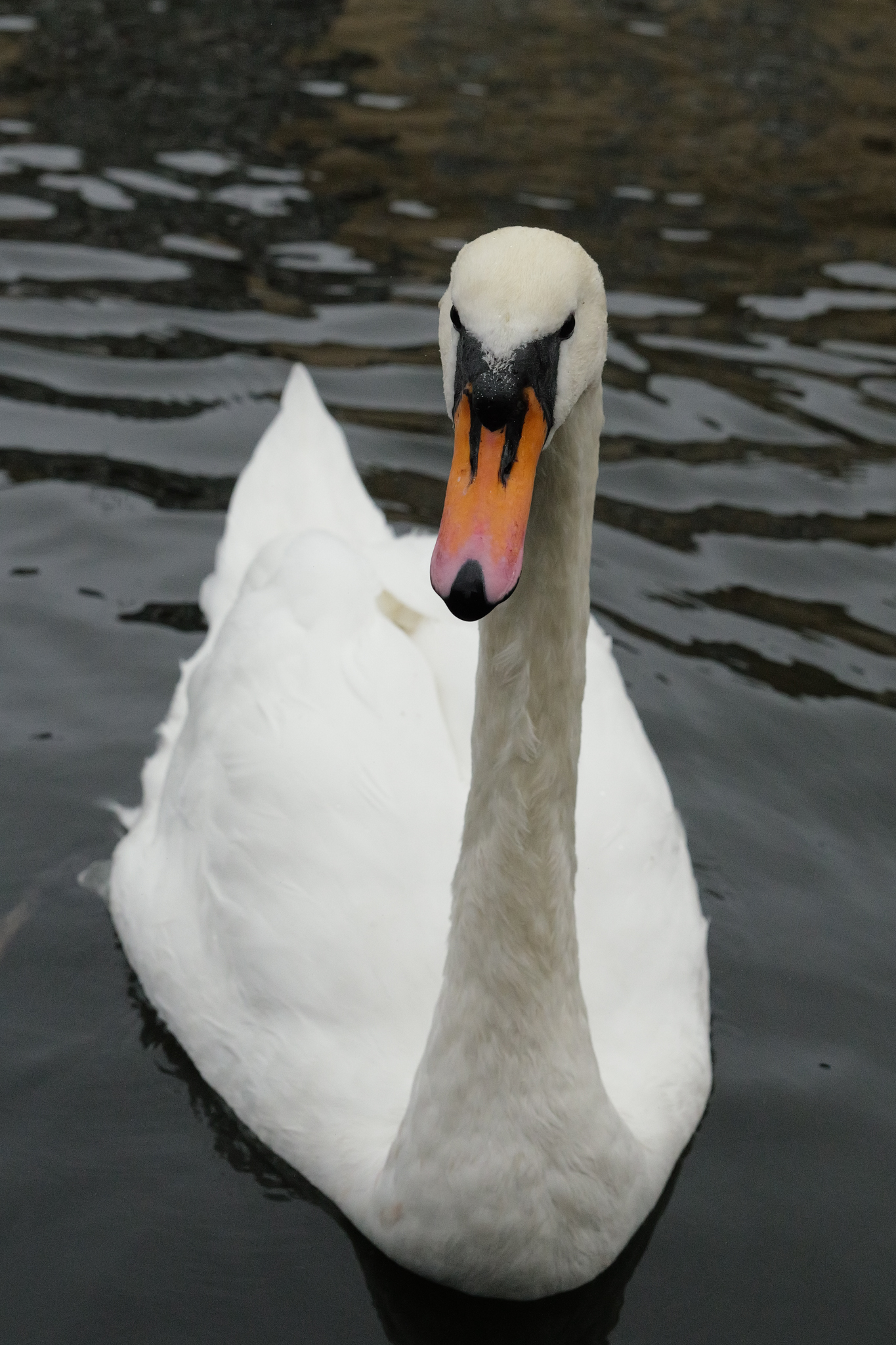
Although 60.3MP isn’t as much as, say, a medium-format 100MP camera like the Hasselblad X2D II 100C or Fujifilm GFX100 II, there’s still plenty of room for cropping. The gallery above shows crops with the full-size original photos afterwards. Even the crops are highly detailed.
For instance, in the first slide, you can clearly see the raindrops on the flower, and it almost looks like the flower is being weighed down by them. In the third slide, I love the different shades of green and the purple veins in the leaf. You can see specks of dust too… which reminds me, I should probably clean the leaves!
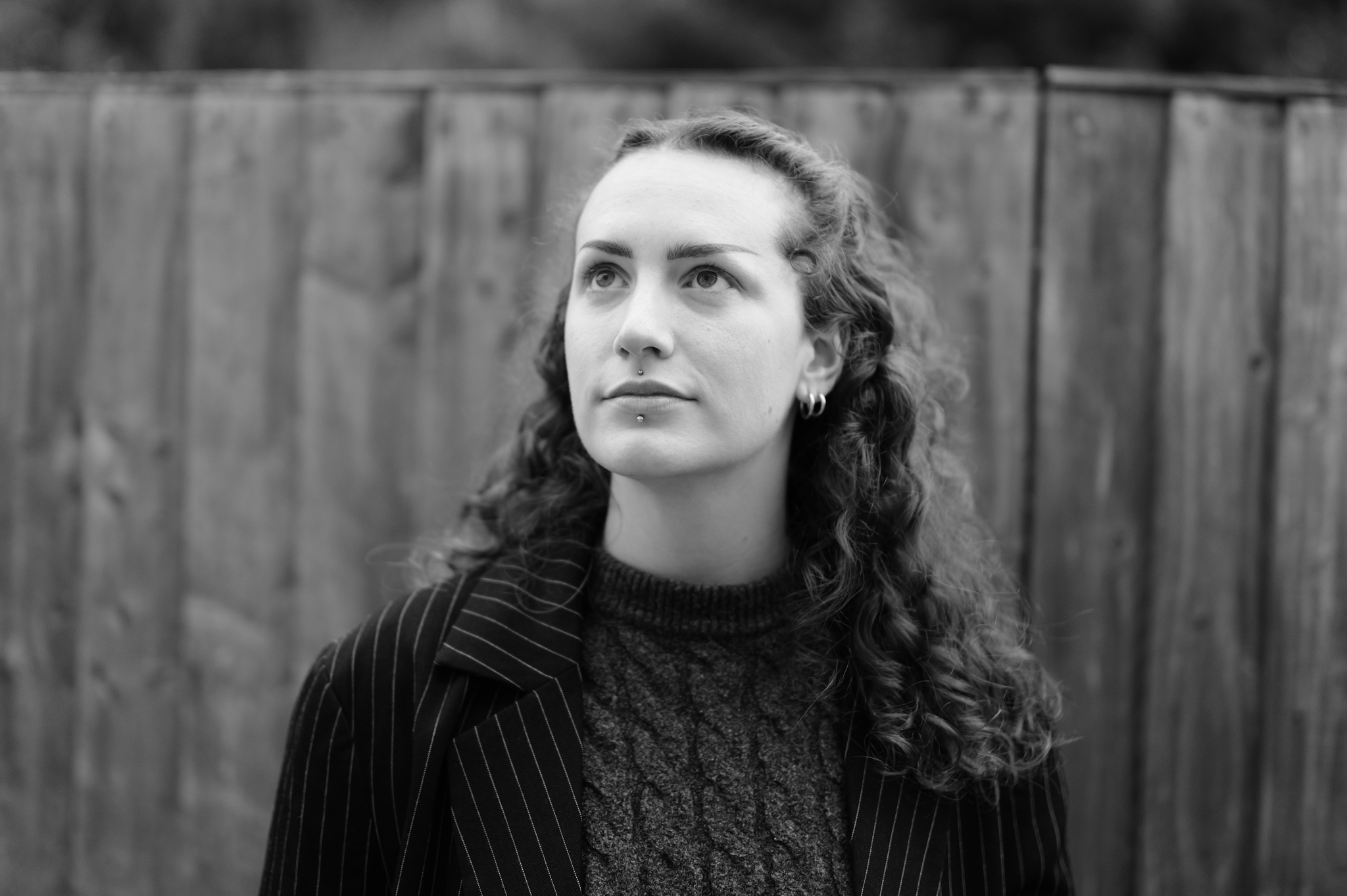
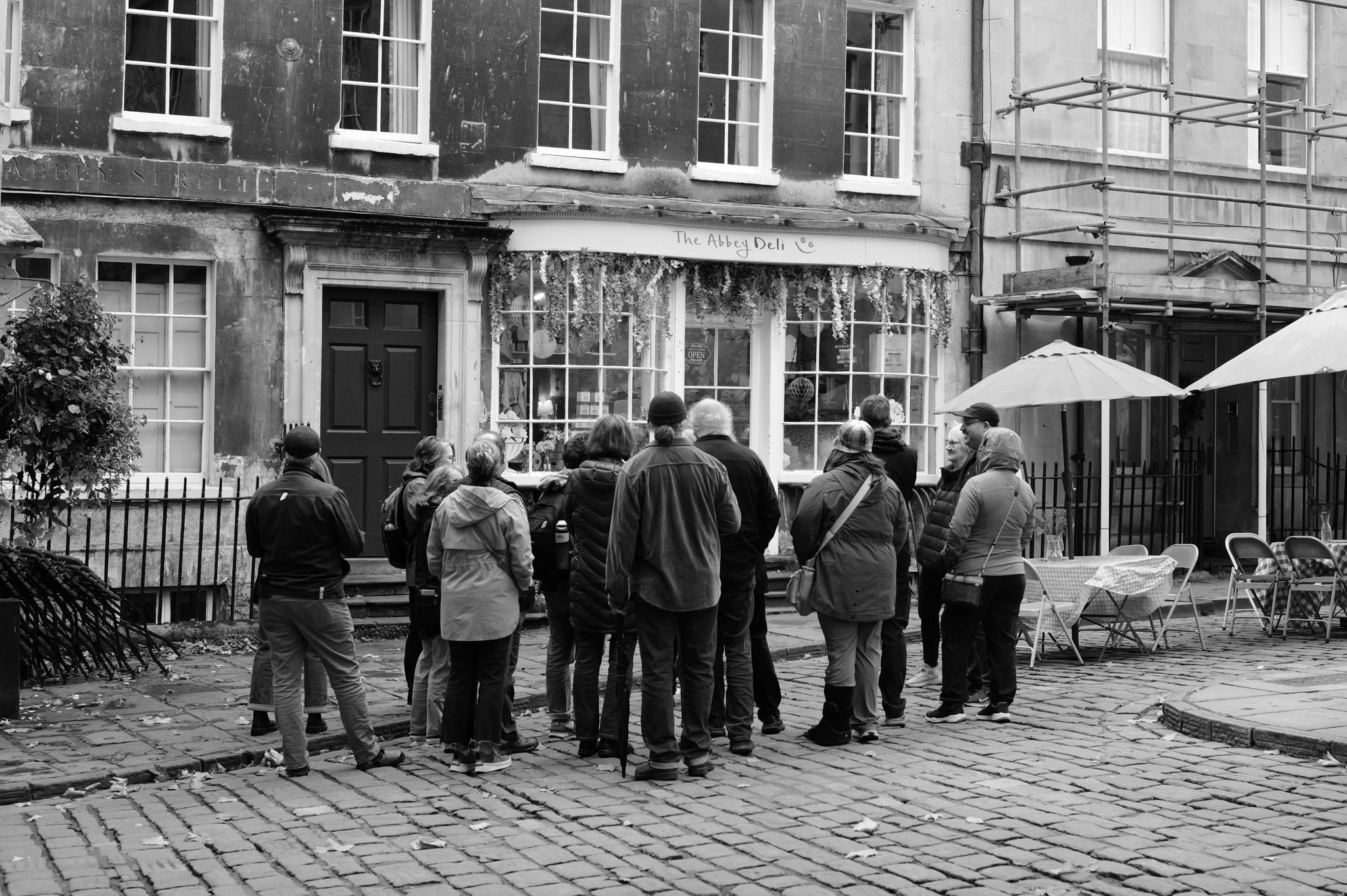
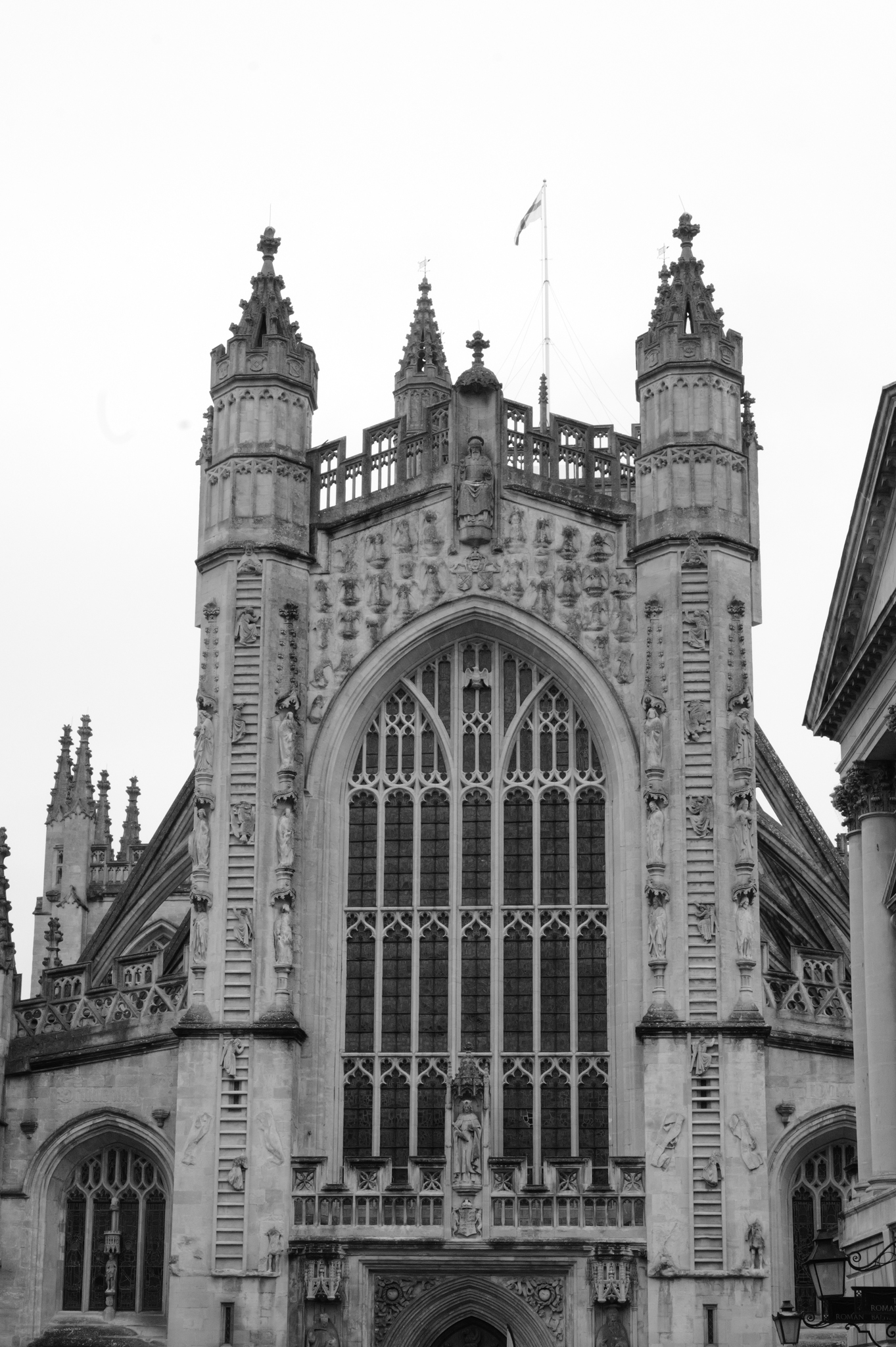
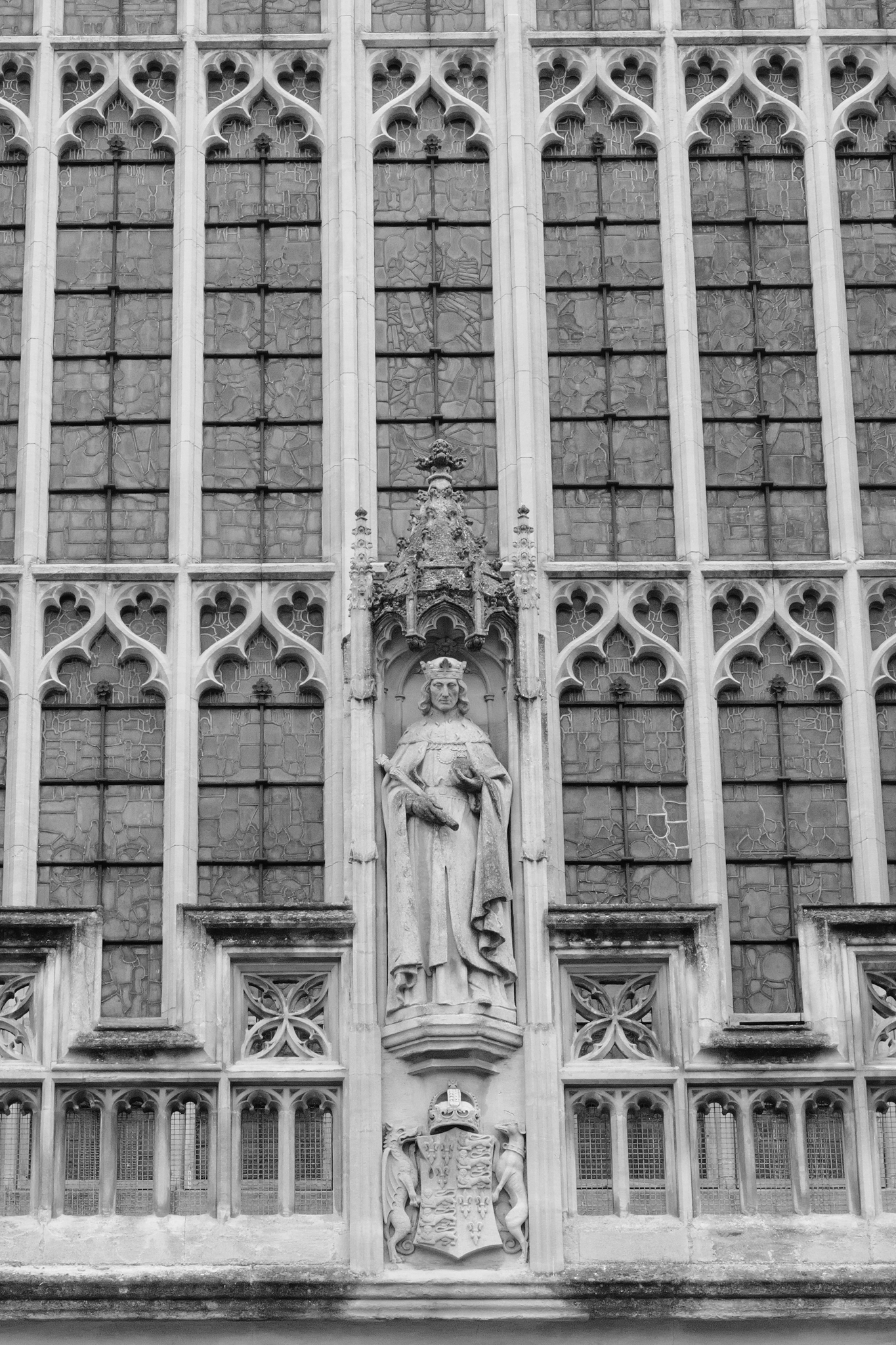
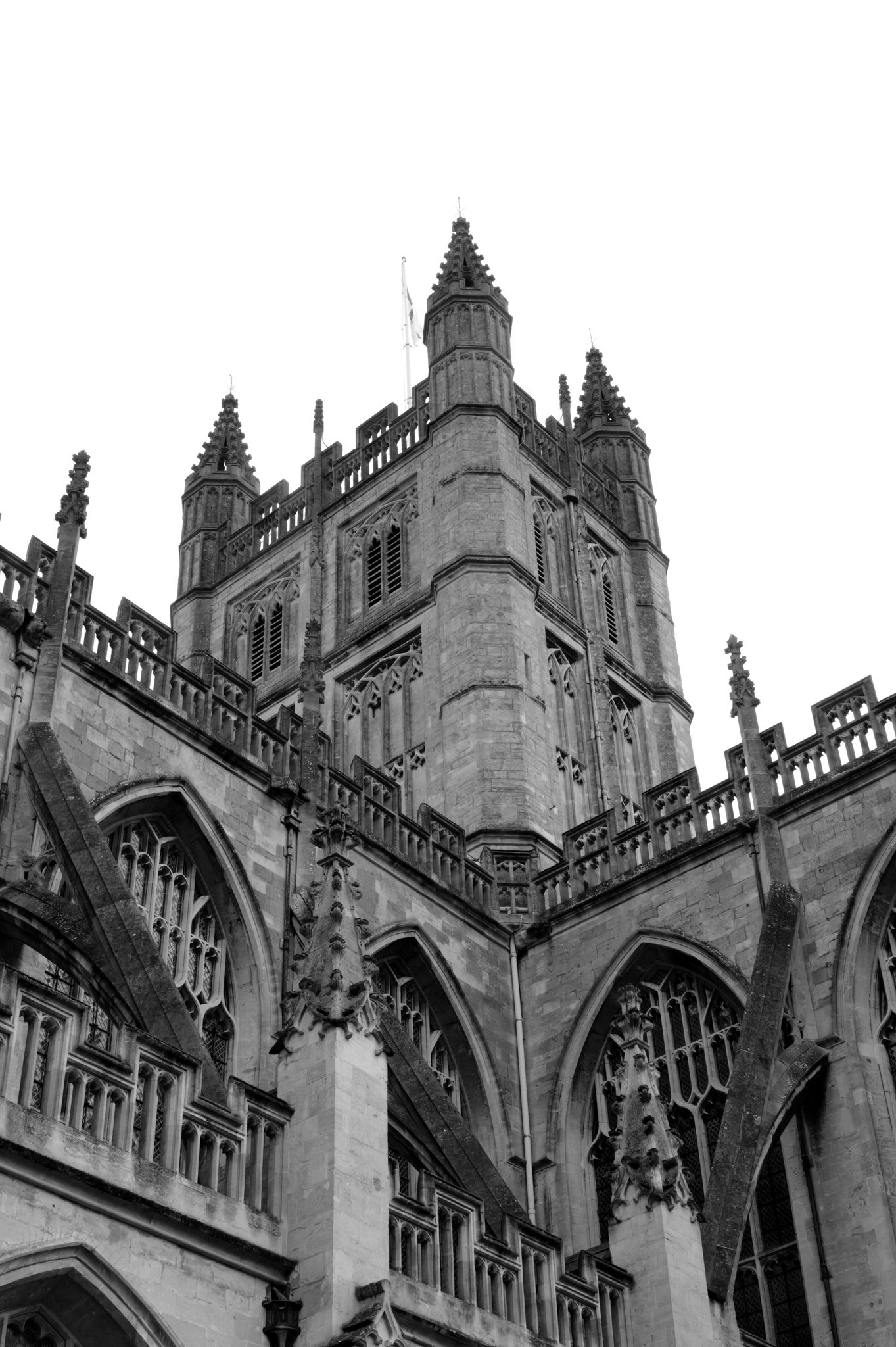
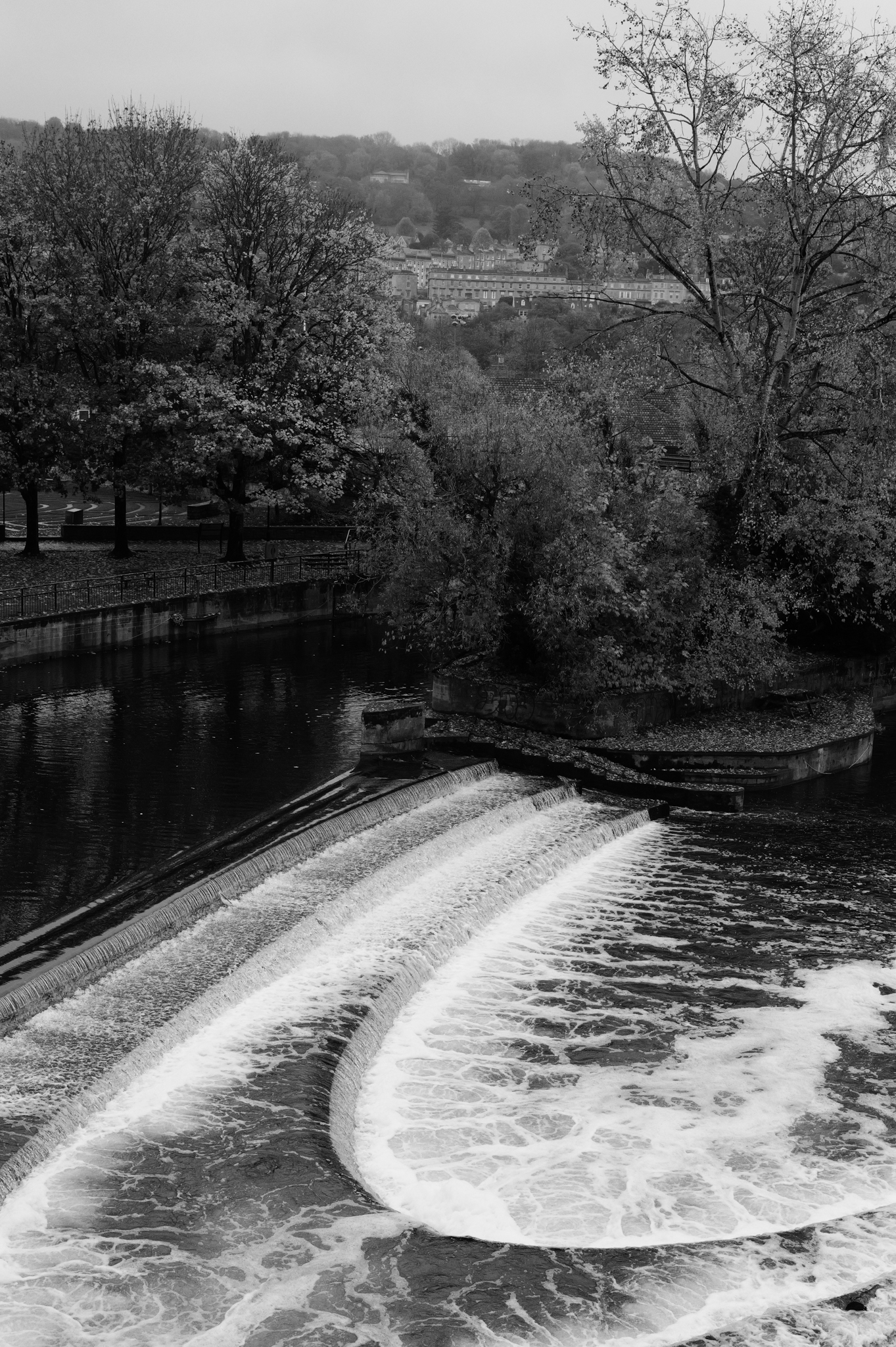
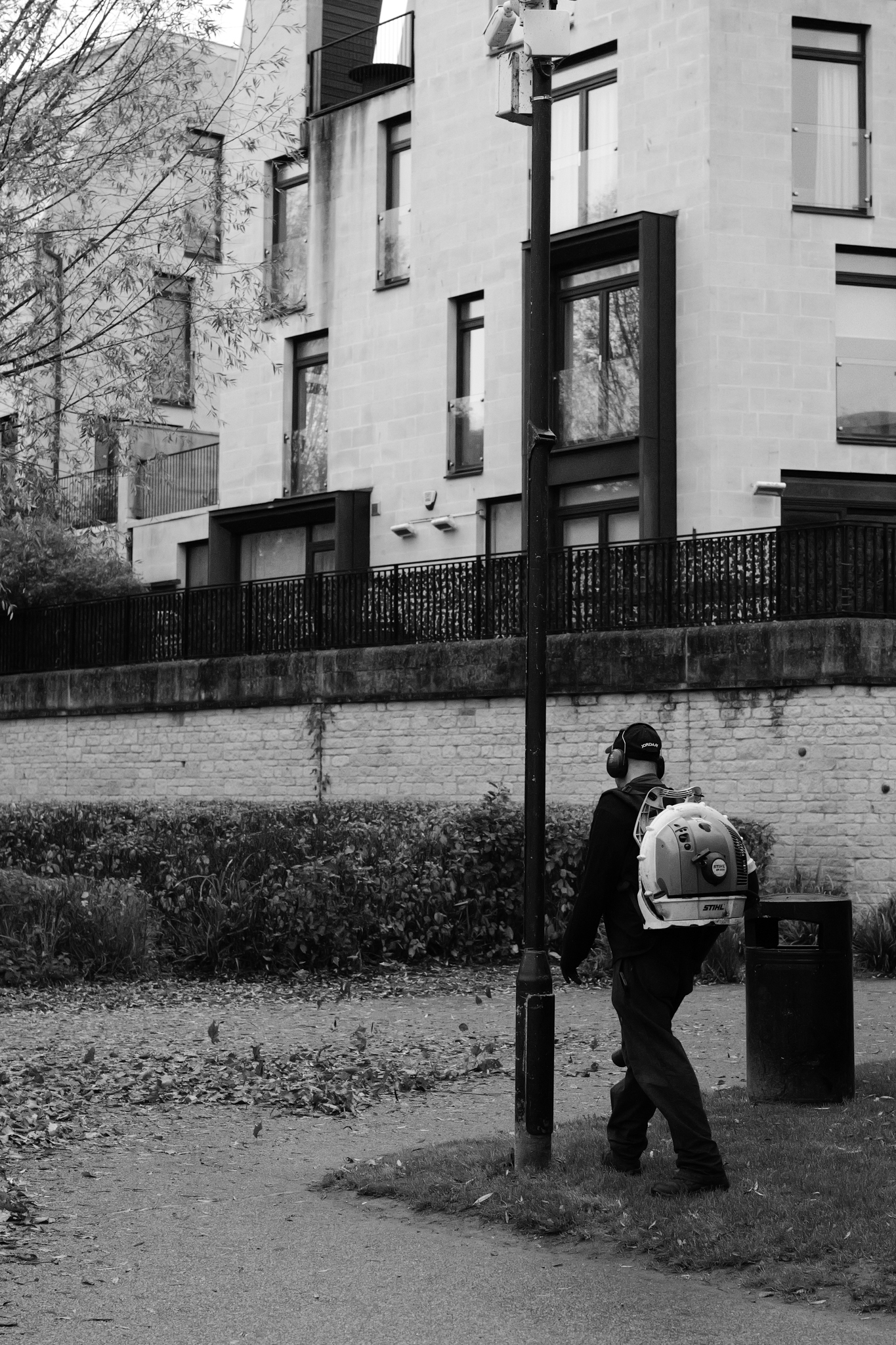
Similar to other Leica cameras, you get access to six popular color profiles, including Vivid, Monochrome and High Contrast Monochrome. High Contrast Monochrome, similar to Acros on Fujifilm cameras, is one of my favorite filters when shooting portraits and architecture, and I love the photos in the gallery above. The photos exude drama, and I’d expect nothing less from a black and white profile.
ISO performance
Similar to the Q3 43, the SL3 has an ISO range of 50 to 100,000. In comparison, the Canon EOS R5 Mark II, the Sony A7RV and the Sony A1 II top out at 102.400. It captures JPEGs alongside DNGs. DNGs are usually 15-20% smaller than RAW files, but the difference is almost negligible.
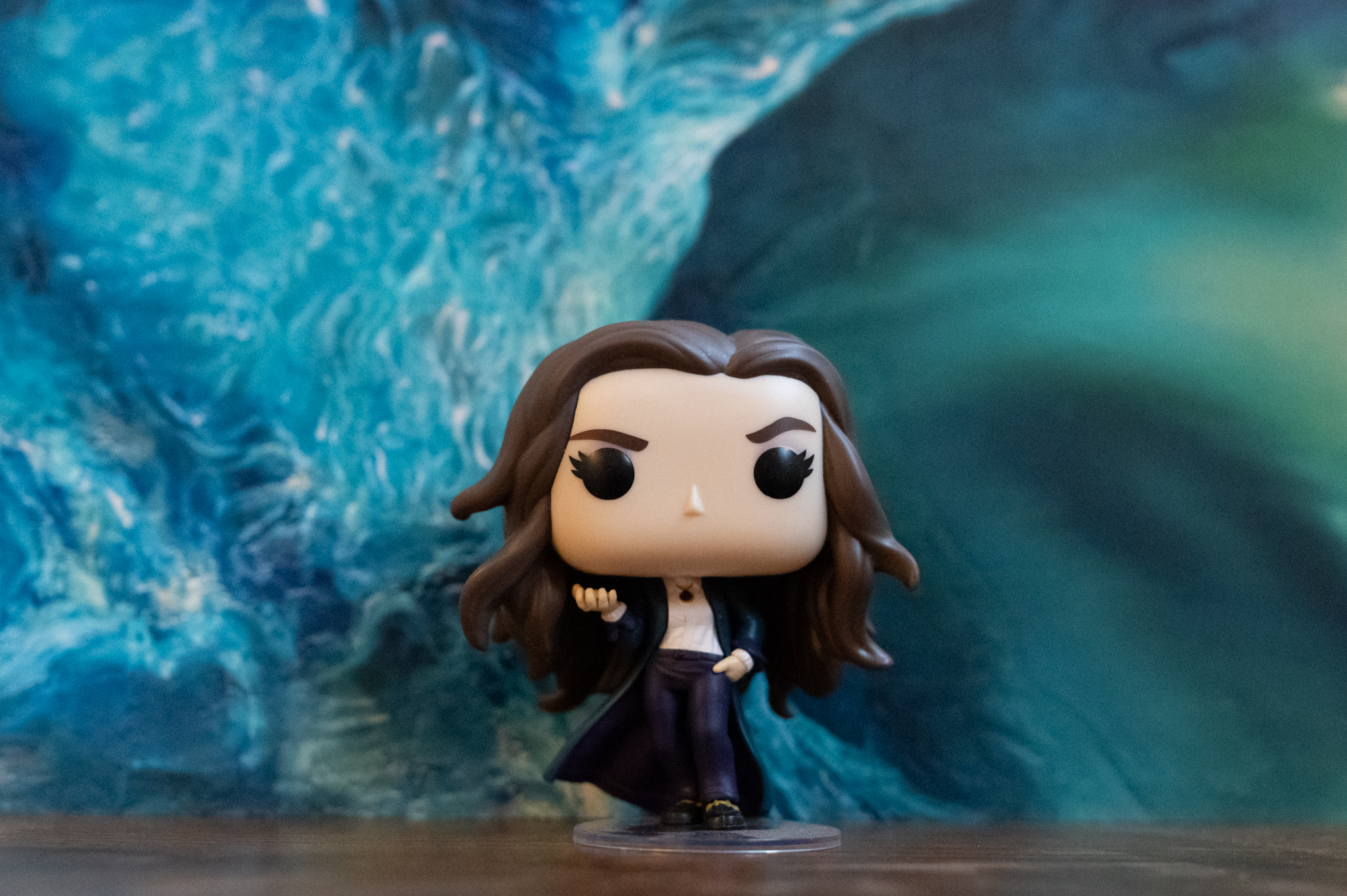
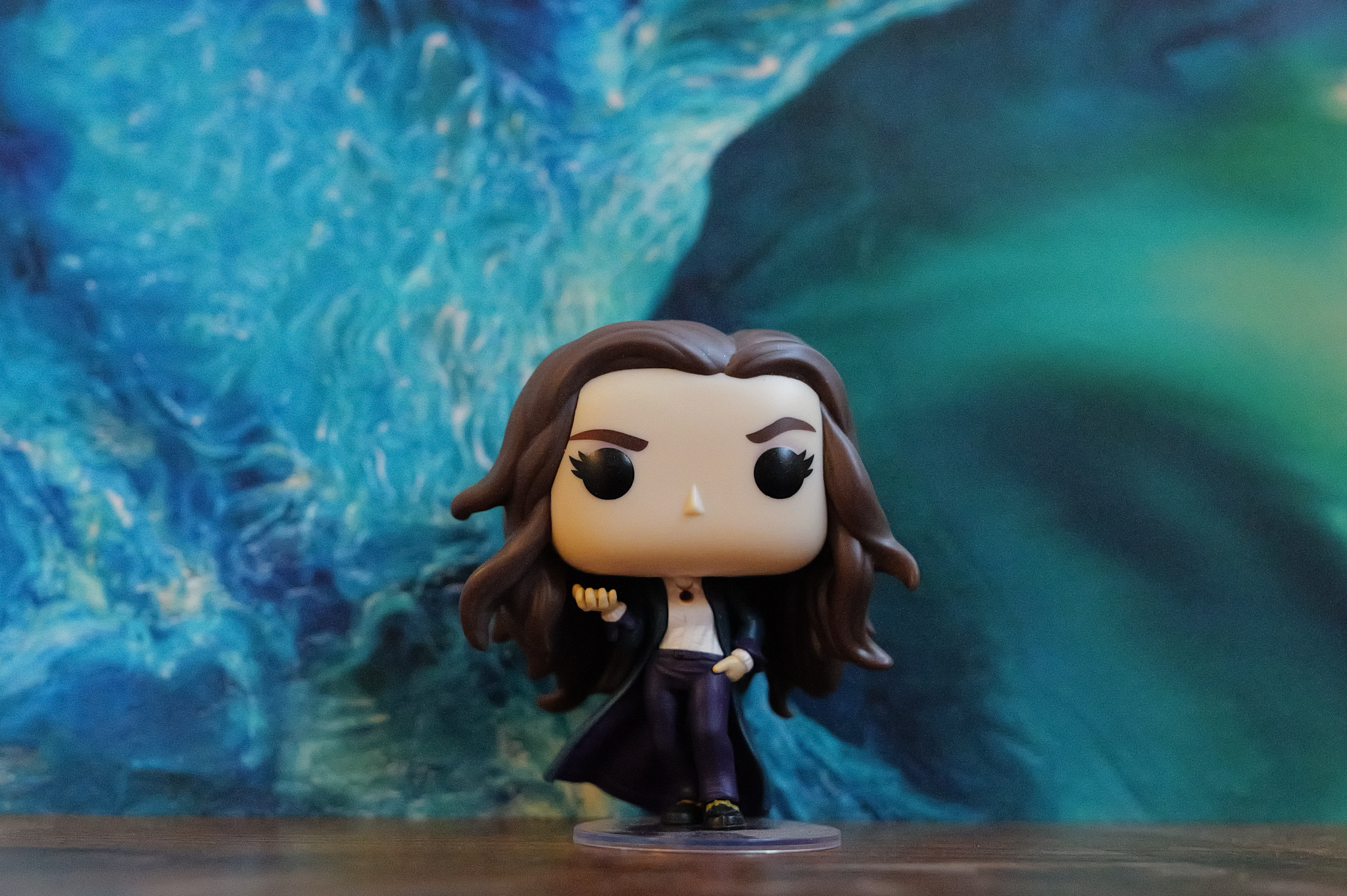
I conducted my usual ISO testing to see how the SL3 fared. Nothing to report when shooting at ISO6,400, so I’ll talk about higher ISO values instead. The first photo in the gallery above was shot at ISO10,000 and is a JPEG export of the DNG file, and the second photo is the straight-out-of-camera (SOOC) JPEG. While some noise creeps in, the camera’s noise reduction technology does a great job of smoothing it out, and the image is far from ruinous.
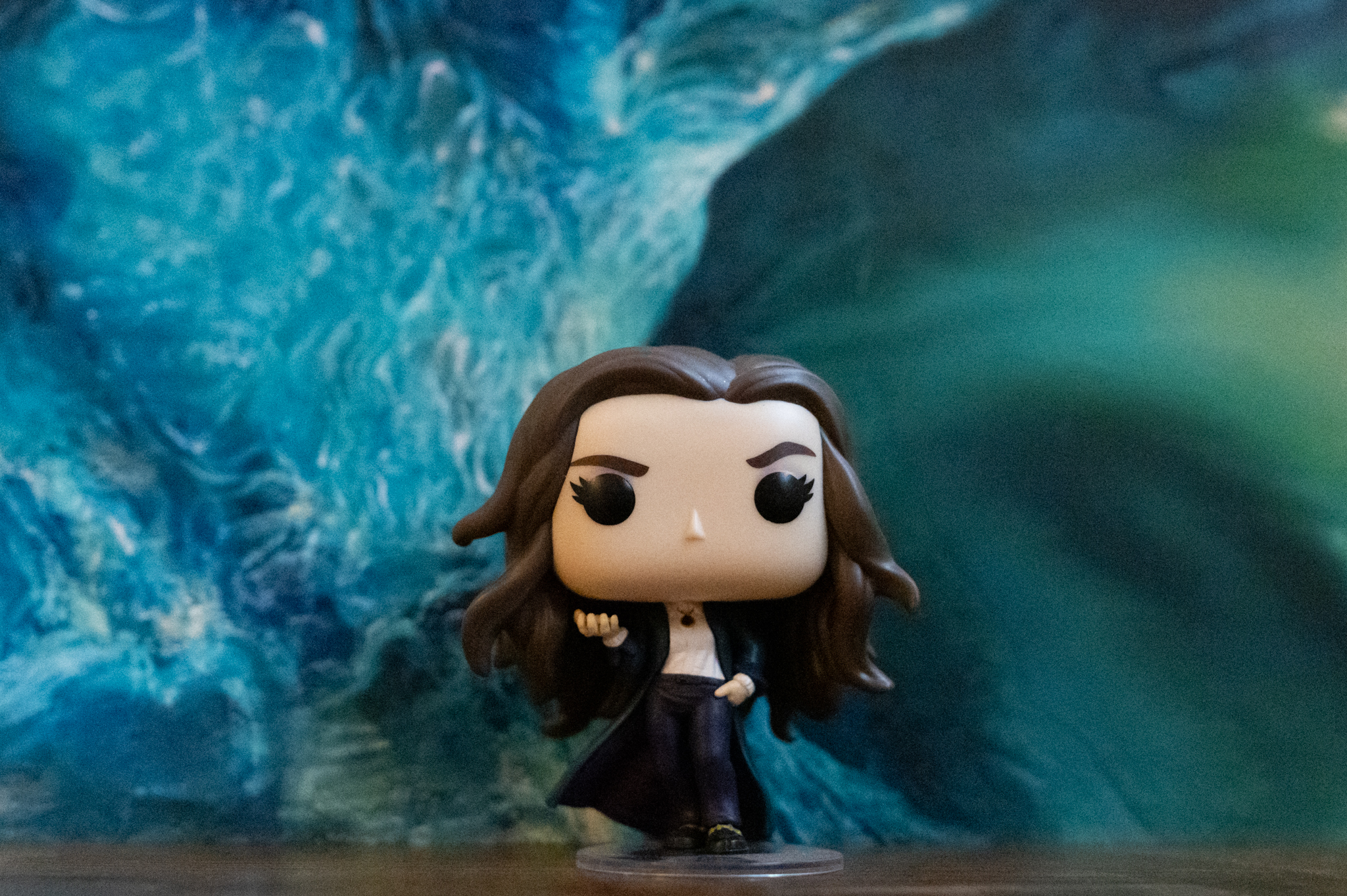
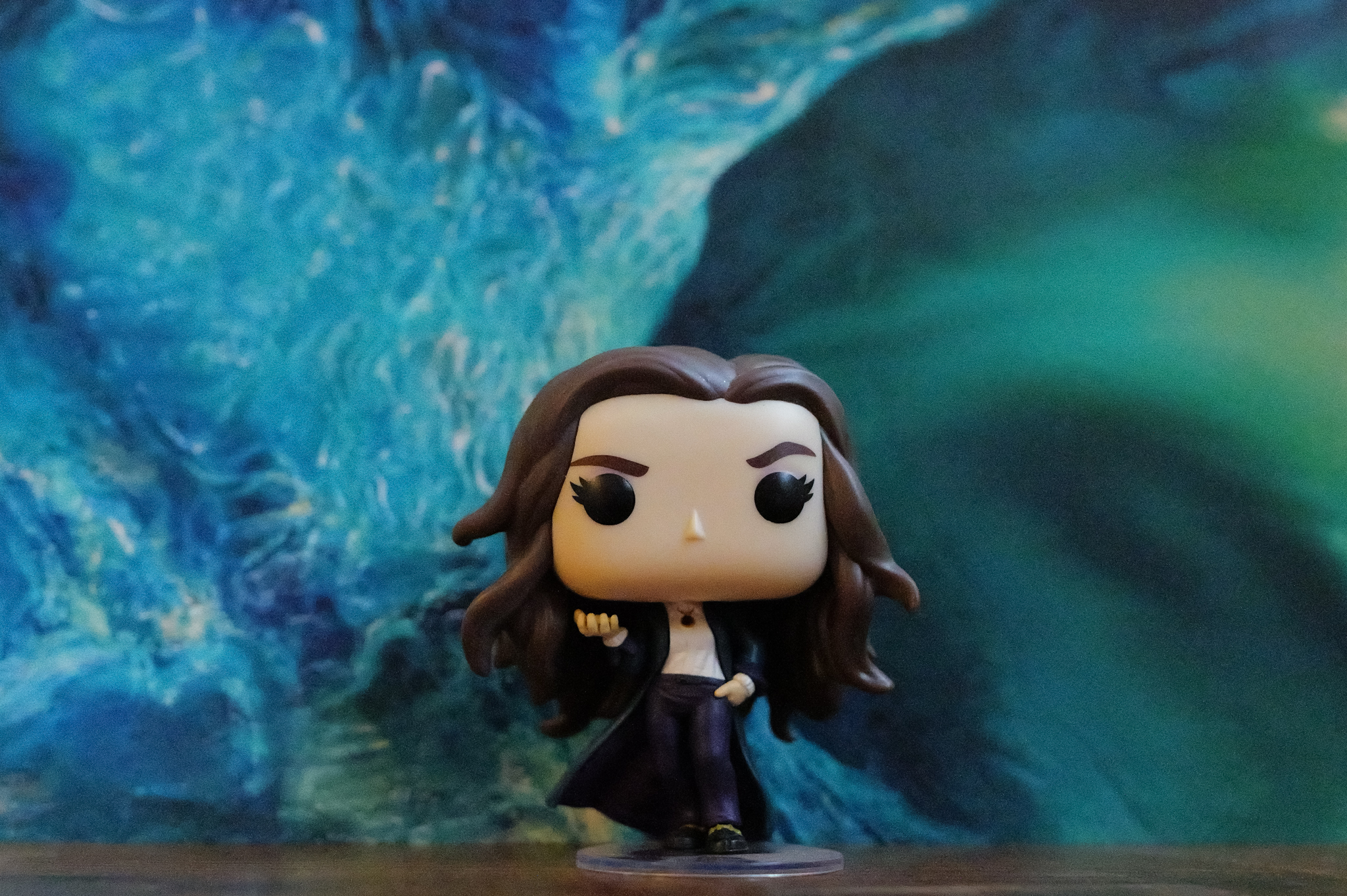
Bump the ISO up to 25,000 and noise becomes more of a problem. There is a slight loss in detail in the art print in the background of the second slide (SOOC JPEG) from the smoothing of noise suppression. You can see some grain in the bobblehead’s chin too and you can see a slight wavy line when the chin outline should be straight. But again, this image is very usable.
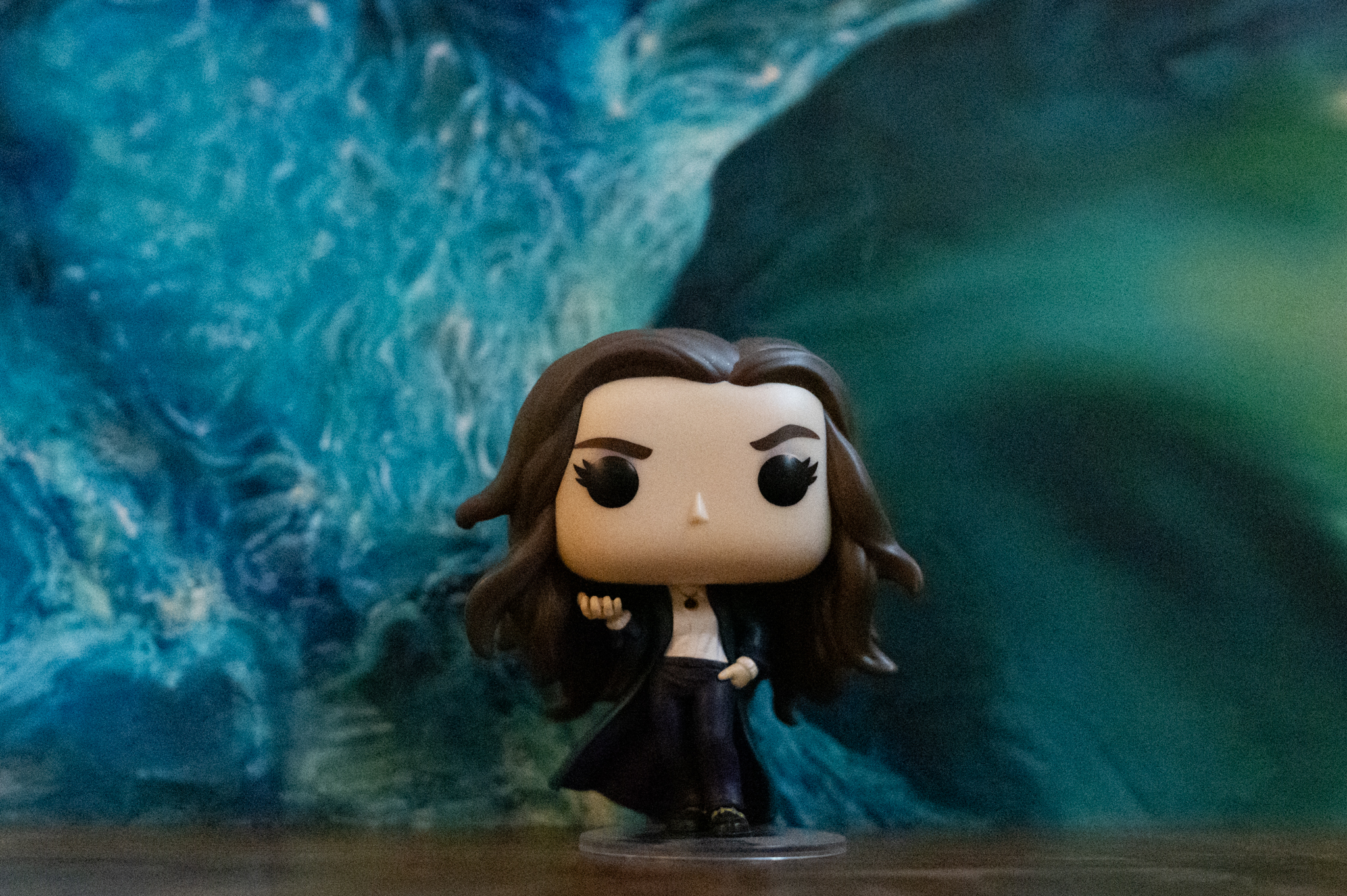
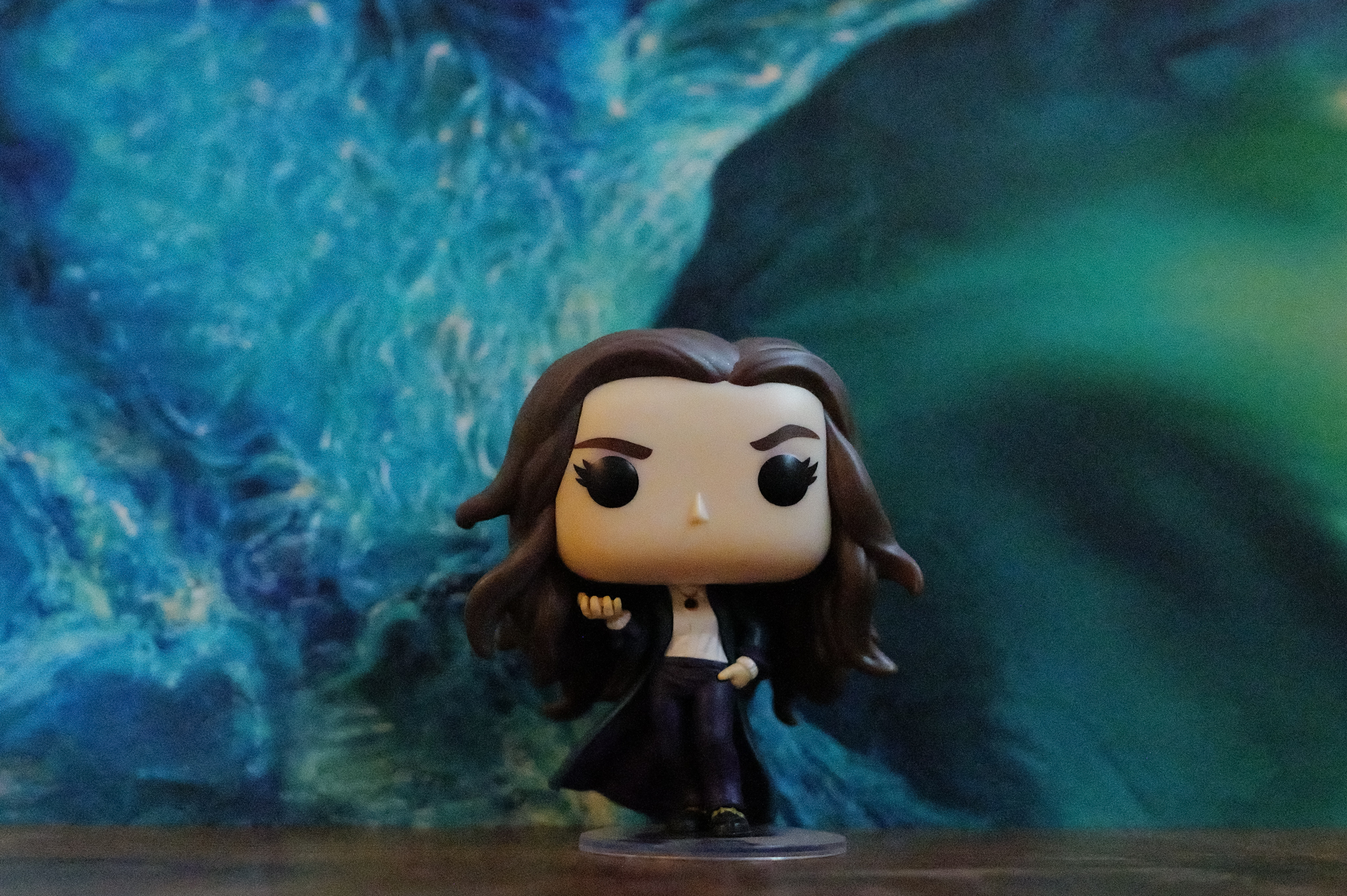
I wouldn’t really recommend shooting at ISO32,000 or higher. As you can see in the second slide above (SOOC JPEG), the bobblehead’s fingers have lost sharpness and the wooden desk looks very grainy. But this isn’t a major flaw in the SL3, as I wouldn’t recommend shooting past ISO25,000 even on the Leica Q3 43.
Medium-format cameras tend to perform better at high ISO levels, such as the Fujifilm GFX100RF ($4,899) where I only started to notice ruinous noise at ISO102,400.
Dynamic range
The SL3 doesn’t falter when it comes to dynamic range either. Offering up to 15+ stops at base ISO50, you can make extensive adjustments in post-production without significantly impacting image quality.
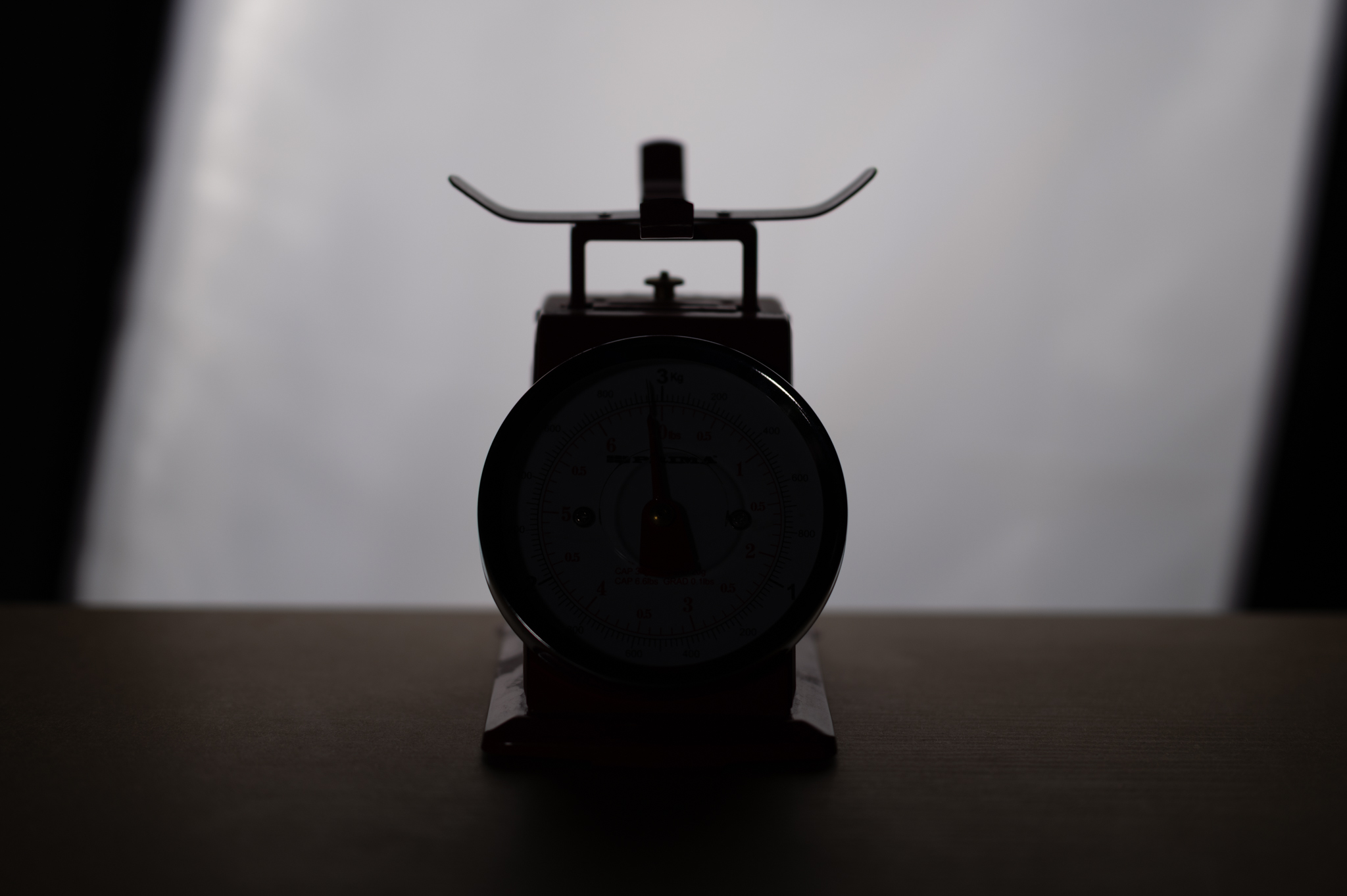
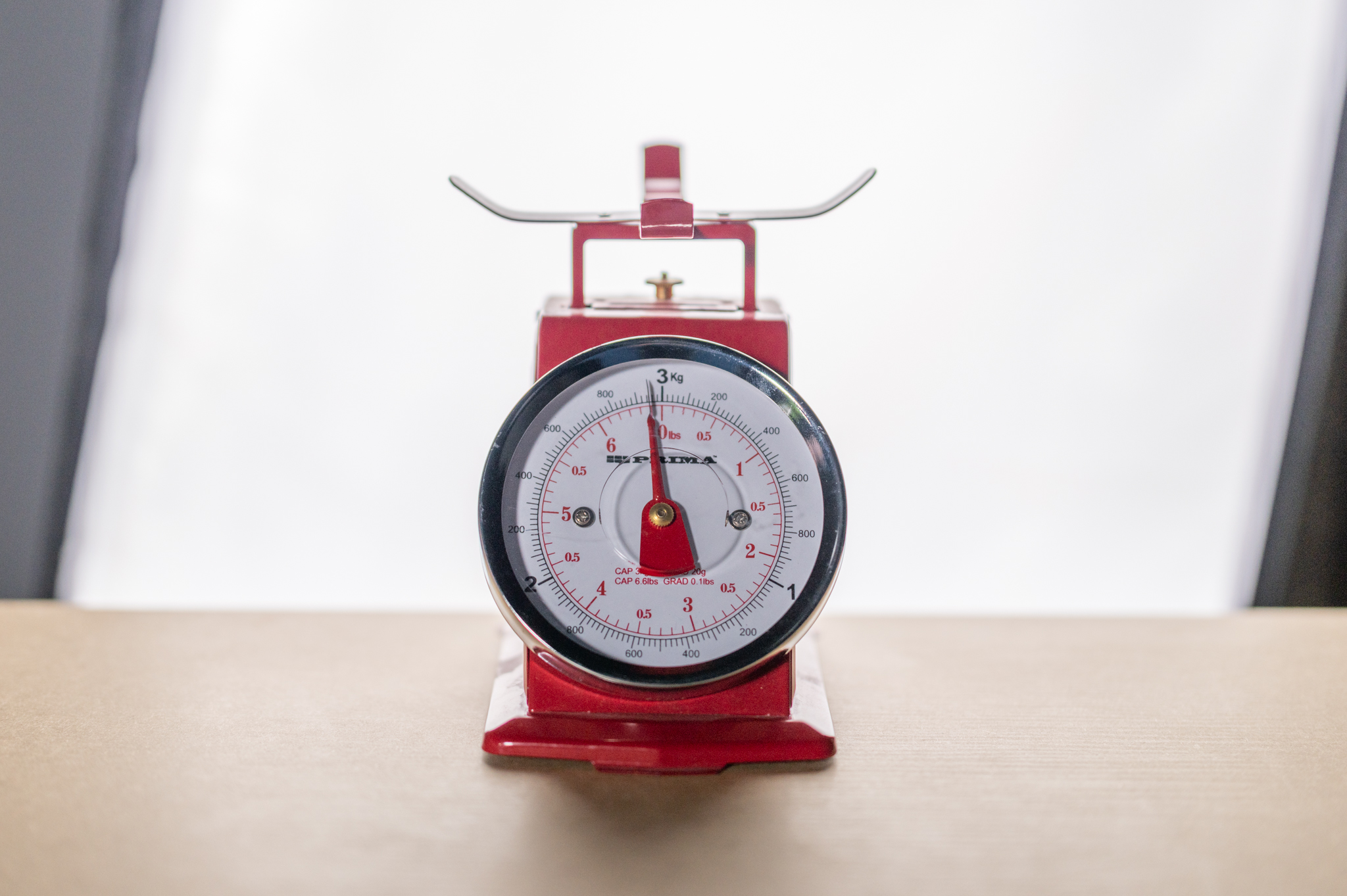
To test this out, I conducted an extreme test by placing an object in front of a bright light source, and I was impressed with the results. The first slide in the gallery above is a JPEG export of the DNG file, and the second is the same shot but with shadows and exposure boosted in Adobe Photoshop Lightroom.
As you can see, the shadows are clean while plenty of color and detail has been retained. The legends on the scale are easily readable. The part of the scale on top where the measuring plate goes doesn't appear blown out either.
Leica SL3 review: Video
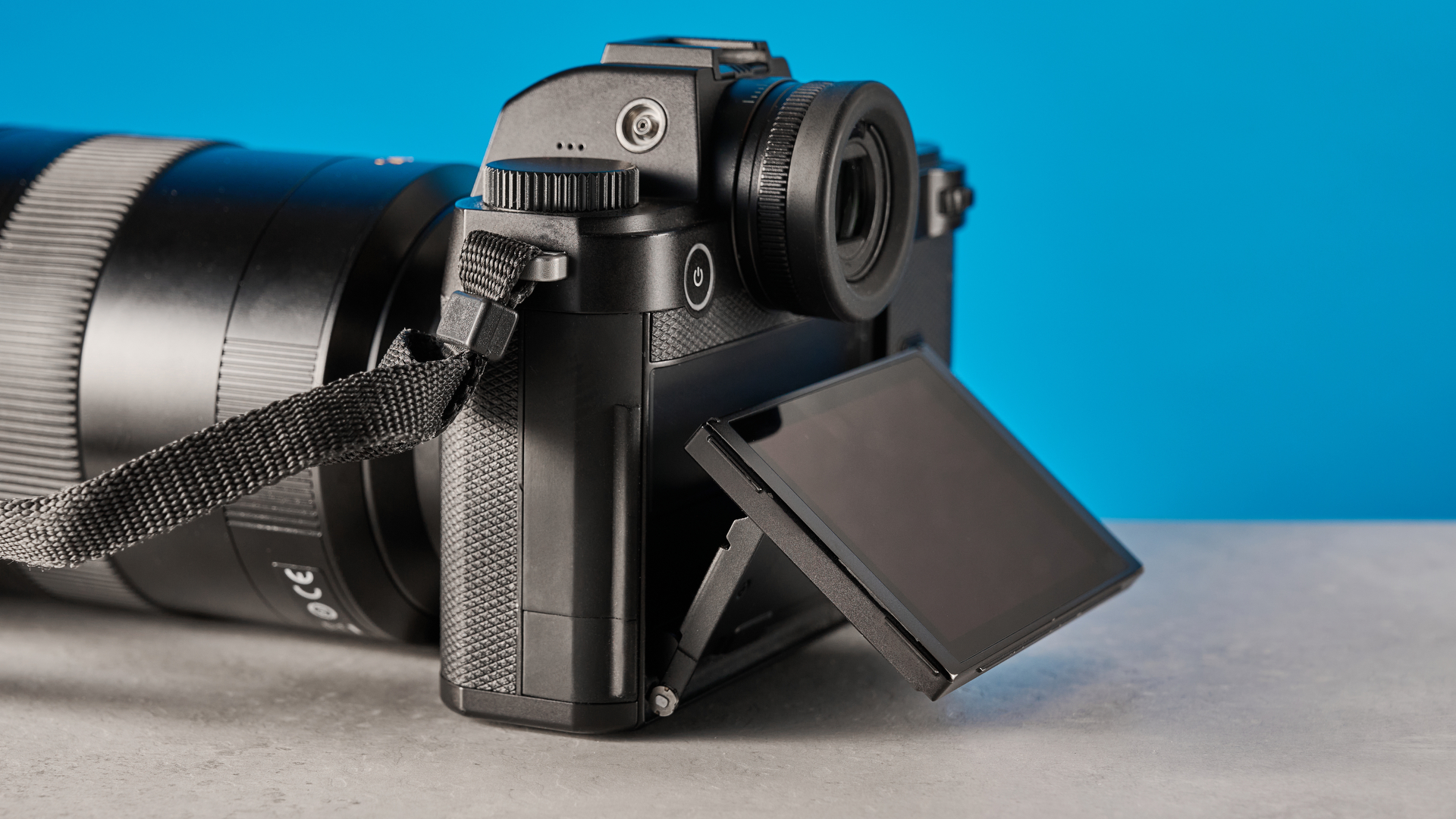
The Leica SL3 is the ultimate hybrid camera, perfect for shooting stills as well as capturing video as it features 3.5mm audio in and out jacks and good IBIS. The camera can shoot Cinematic 8K at 30fps and Cinematic 4K at 60fps, as well as regular 4K at 60fps and FHD at 120fps. C4K (4096 x 2160) and C8K (8192 x 4320) utilize a 17:9 aspect ratio for slightly higher resolution than standard 16:9 UHD 4K (3840×2160) or UHD 8K (7680 x 4320).
C8K, C4K, 4K and FHD video in the MOV format is recorded in 4:2:2 10-bit which means the camera can capture 1.07 billion individual hues. This drops to 4:2:0 10-bit when recording in the MP4 format. And just like on the Leica Q3 43, the SL3 records 59.94 b/s 4:2:2 HQ ProRes, but it can’t shoot ProRes RAW. If you want a Leica that’s designed specifically for professional video work, I’d recommend the Leica SL3-S ($5,665) instead.
Video captured on the SL3 does look absolutely stunning, though. The footage above was captured in C4K at 60fps, and I love how smooth and stable it looks, even while panning. Colors look lovely too, just like they do in stills. You also get the ability to shoot in L-Log to capture a wider dynamic range, for more flexibility in post-production and while color grading.
Leica SL3 review: Battery life
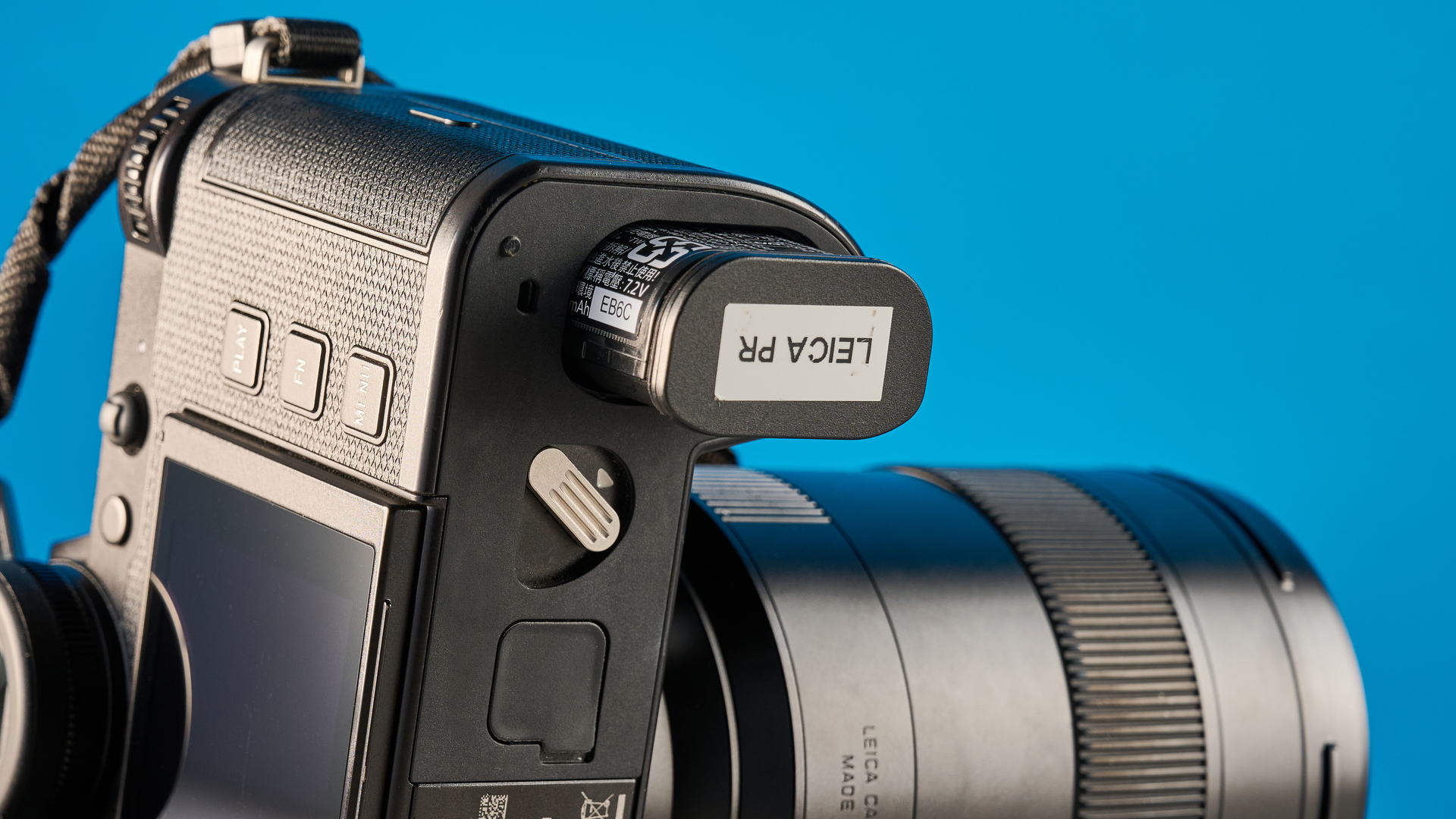
I’ve used and tested a few Leica cameras, and it looks like the one thing the brand can’t seem to shake is battery life that leaves you wanting more — and it seems to be the case with the Leica SL3 too. This otherwise perfect camera is let down by poor battery life. It has a CIPA rating of 260 shots only, which is even less than the Leica Q3 43’s 350-shot rating.
CIPA ratings are, of course, very conservative and they don’t always match up with the results in real-world usage. Even so, I was able to get just over 300 photos when shooting in JPEG and DNG, and utilizing both the viewfinder and the monitor for framing/previewing images.
Cameras like the Fujifilm GFX100 II and the Sony A7R V might be more up your street if battery time is a concern, as those cameras are CIPA-rated for 530 frames and 440 shots respectively. Even the Canon EOS R5 Mark II is CIPA-rated for 340 shots and the Sony A1 II for 420 shots, both of which are much better than the SL3’s battery life.
If you want, you can always buy spare battery packs to ensure you’ve got enough juice when out and about. The BP-SCL6 retails for $240 / £150, so it can be worth buying at least one extra.
Leica SL3 review: Verdict
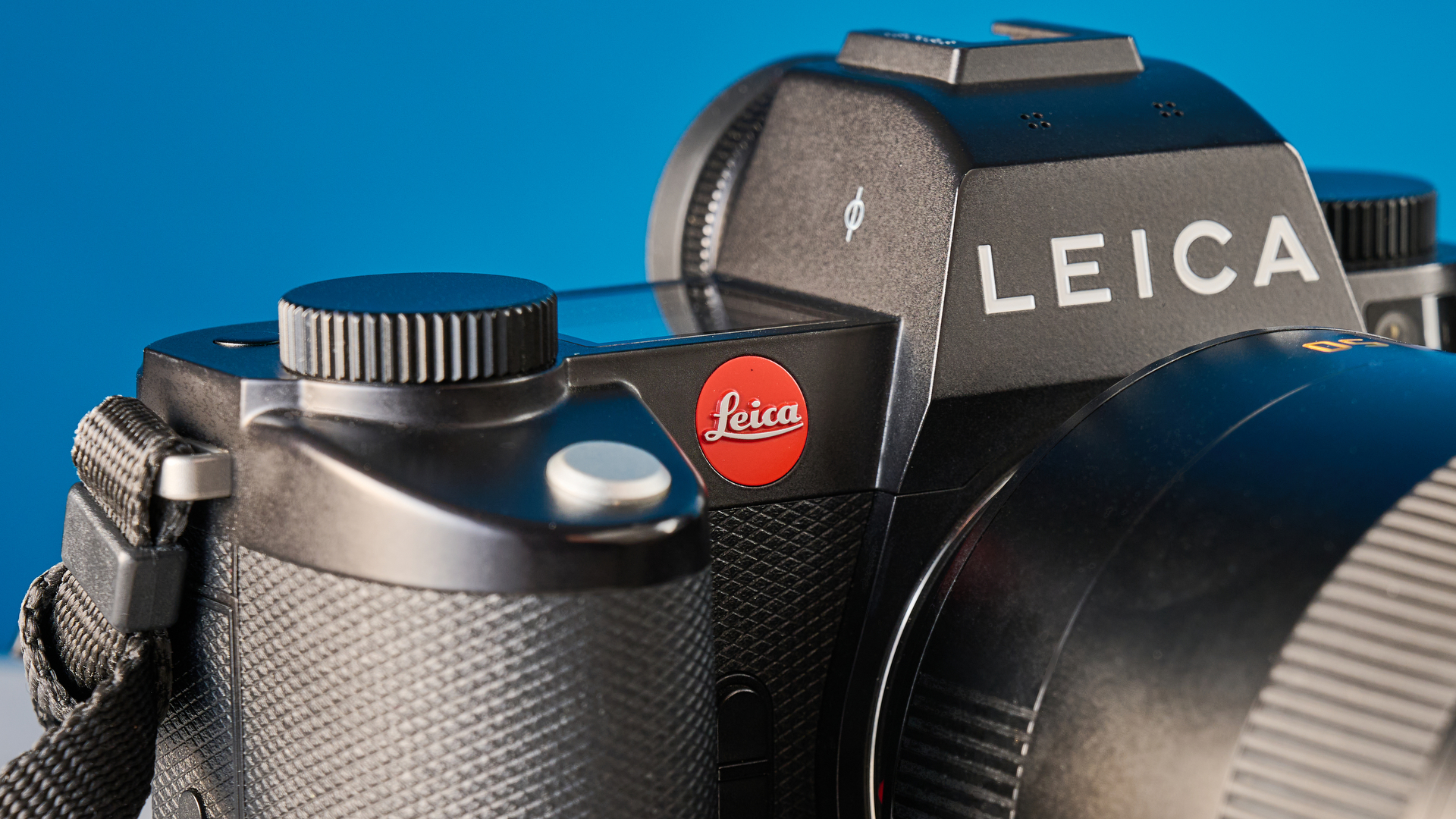
If you’re not on any form of budget and want a full frame camera that takes outstanding photos, regardless of the lighting conditions, I can’t recommend the Leica SL3 enough. Although bulky, the SL3 is delightful to handle thanks to its chunky grip and great ergonomics. Its 60.3MP CMOS sensor captures beautiful photos with great color reproduction, and the camera is capable of recording C8K/30fps and C4K/60fps video too.
Great for street, portraits, landscapes, and casual wildlife, the SL3 is a lovely all-rounder. Its autofocus is quick and reliable (although it’s a little sluggish in video work), and can accurately lock onto humans, animals and birds.
While battery life isn’t the best, and the camera costs a premium, it’s well-worth the money if you want a high-end mirrorless that offers best-in-class image quality. If money wasn’t an issue, I’d happily swap my Fujifilm for the Leica SL3.

Nikita is a Senior Writer on the Reviews team at Tom's Guide. She's a lifelong gaming and photography enthusiast, always on the lookout for the latest tech. Having worked as a Sub Editor and Writer for Canon EMEA, she has interviewed photographers from all over the world and working in different genres. When she’s not working, Nikita can usually be found sinking hours into RPGs on her PS5, flying a drone (she's a licensed drone pilot), at a concert, or watching F1. Her work has appeared in several publications including Motor Sport Magazine, NME, Marriott Bonvoy, The Independent, and Metro. You can follow her photography account on Instagram here.
You must confirm your public display name before commenting
Please logout and then login again, you will then be prompted to enter your display name.
